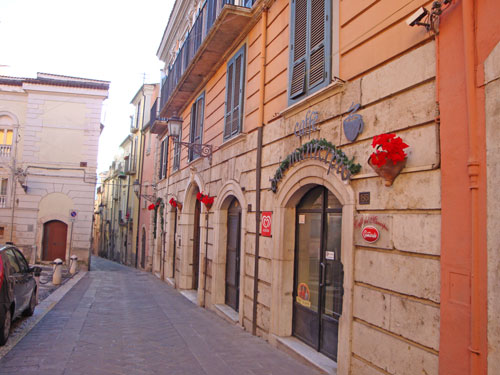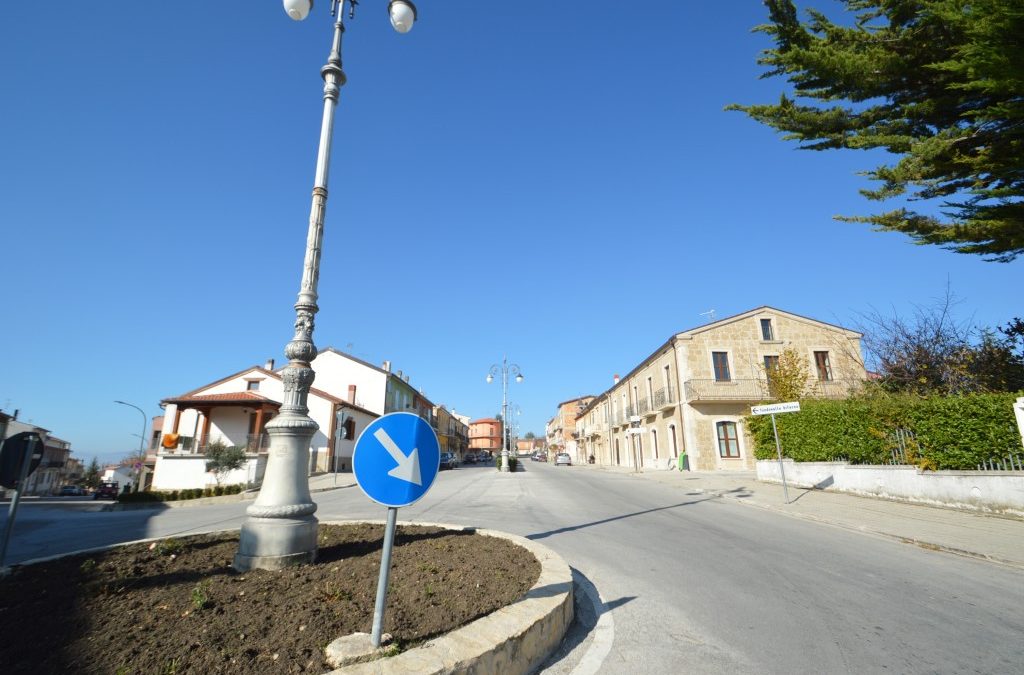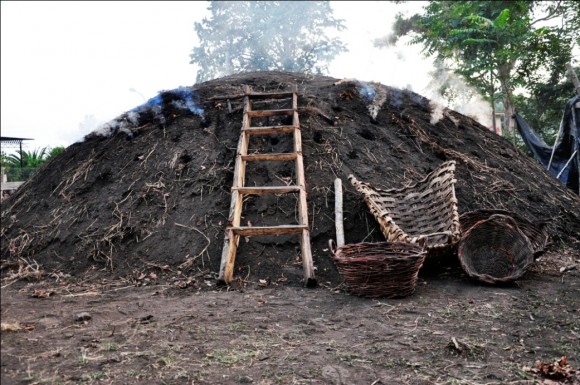Busso is the typical hilly town settlement in many countries around the Molise. The total extension of its territory is 23:36 square kilometers. It is located in a hilly area, at 764 meters above sea level and, in the north-east, about 3 kilometers from the town, where there is the mountain slopes of Monte Vairano very rich in vegetation and forests tall, and is a great place for taking long and relaxing walks.

The beauty of the country and the landscape around it is an interesting destination for all those who, wanting away from the busy city, are looking for tranquility and rest. Splendor of the landscape, typically hilly and unspoiled stretches thanks to the absence of large industrial plants, to a limited traffic, healthy air and a temperate climate, allows those seeking tranquility search to find the ideal environment for a little paradise. The historic town center is perched on a hill and crossed by narrow alleys whose flooring is made of local stone, the origins architectural features have been preserved only in part.
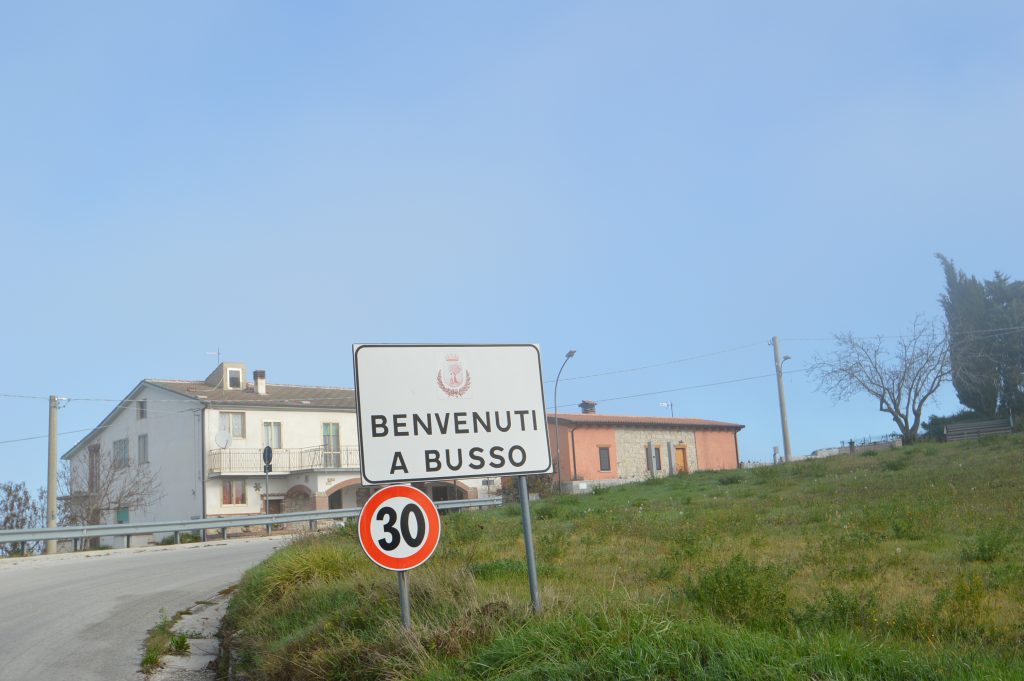
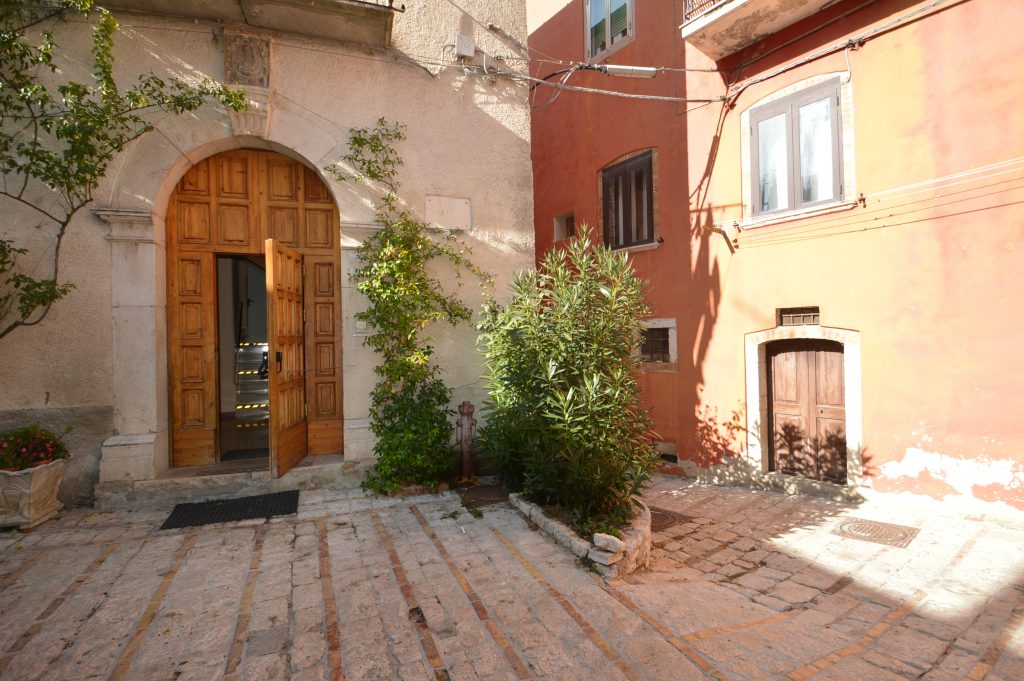
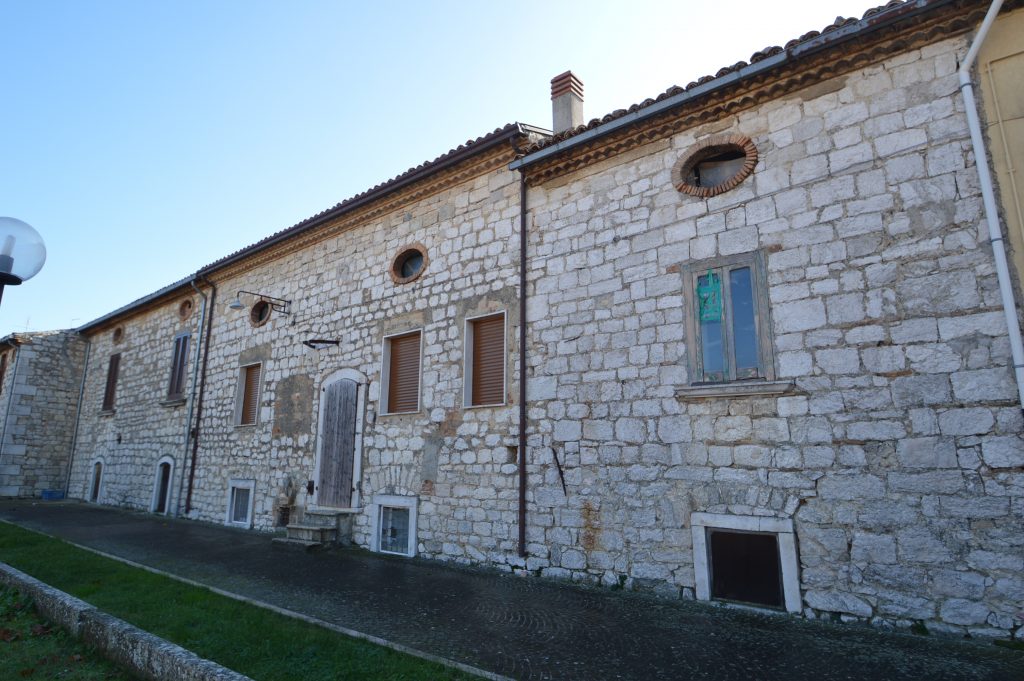
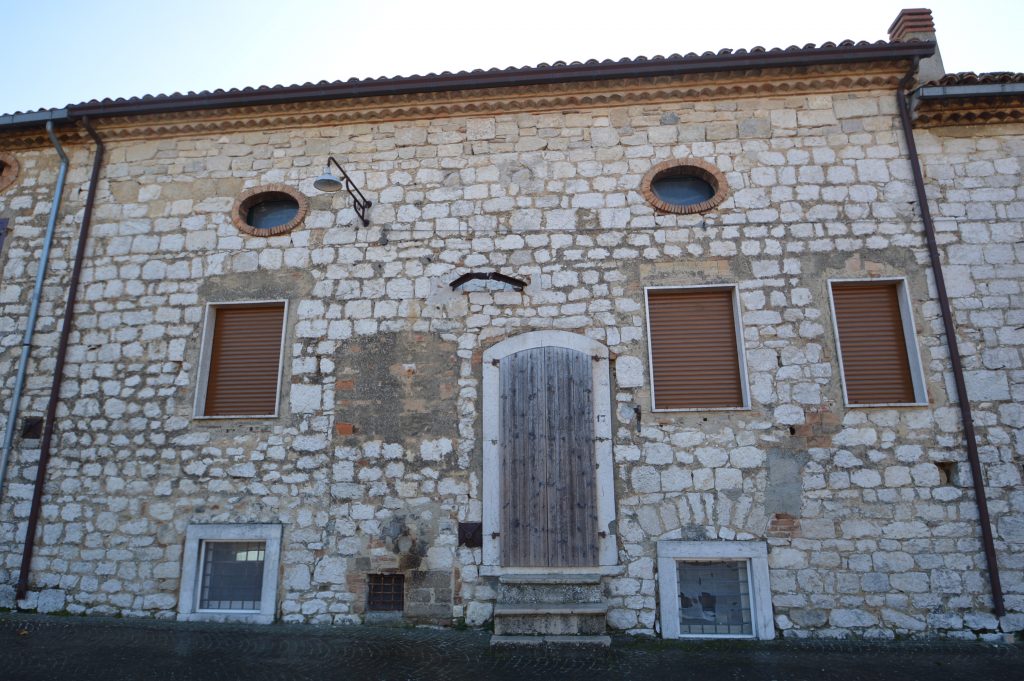
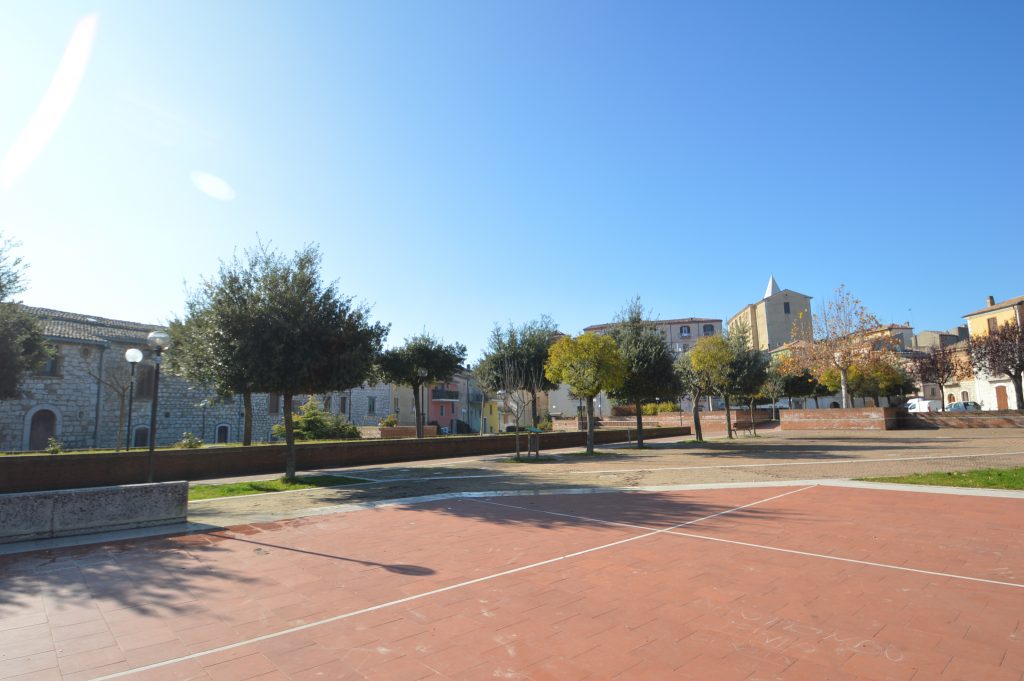
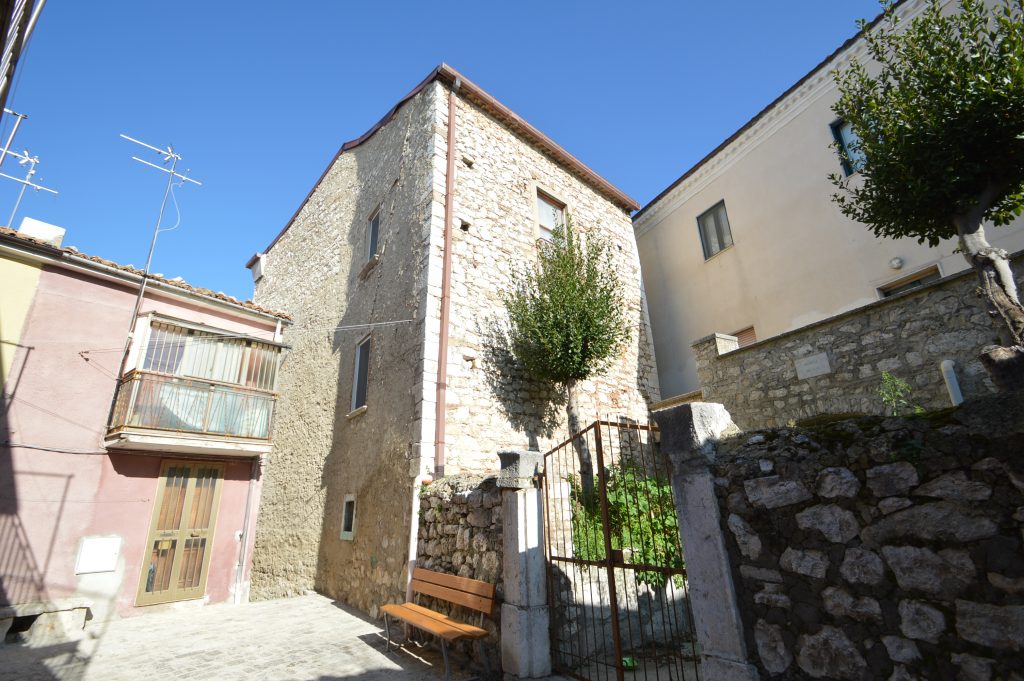
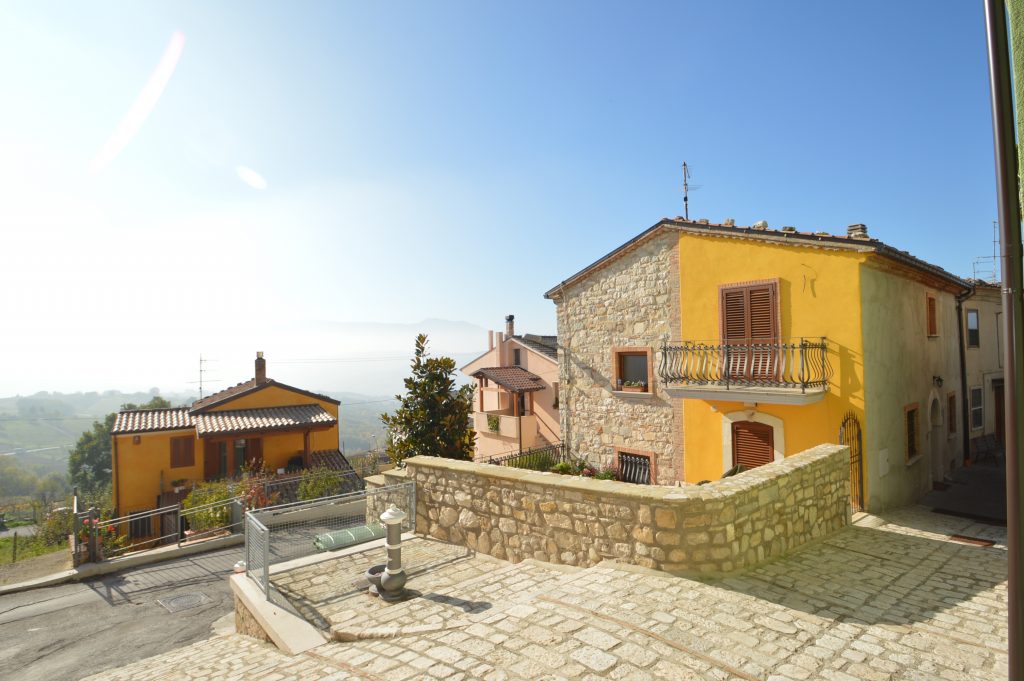
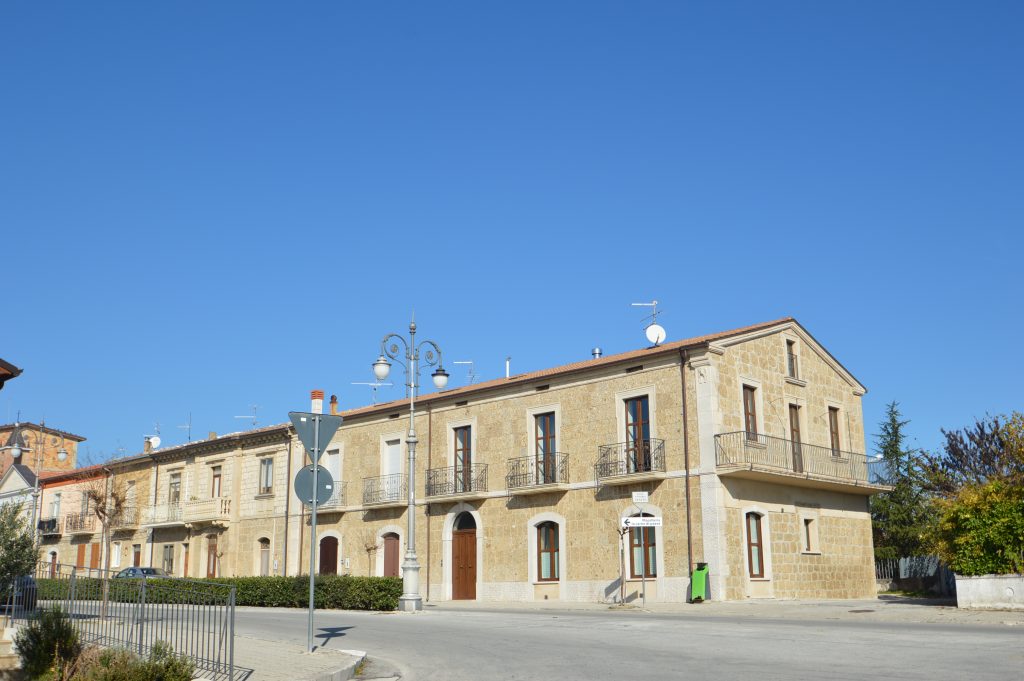
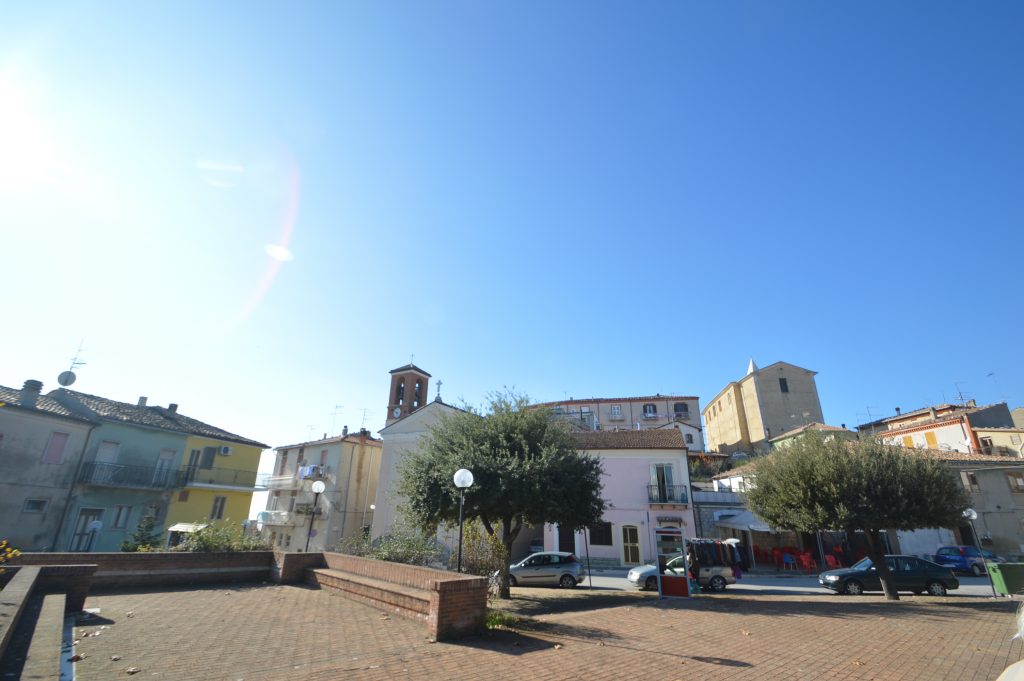
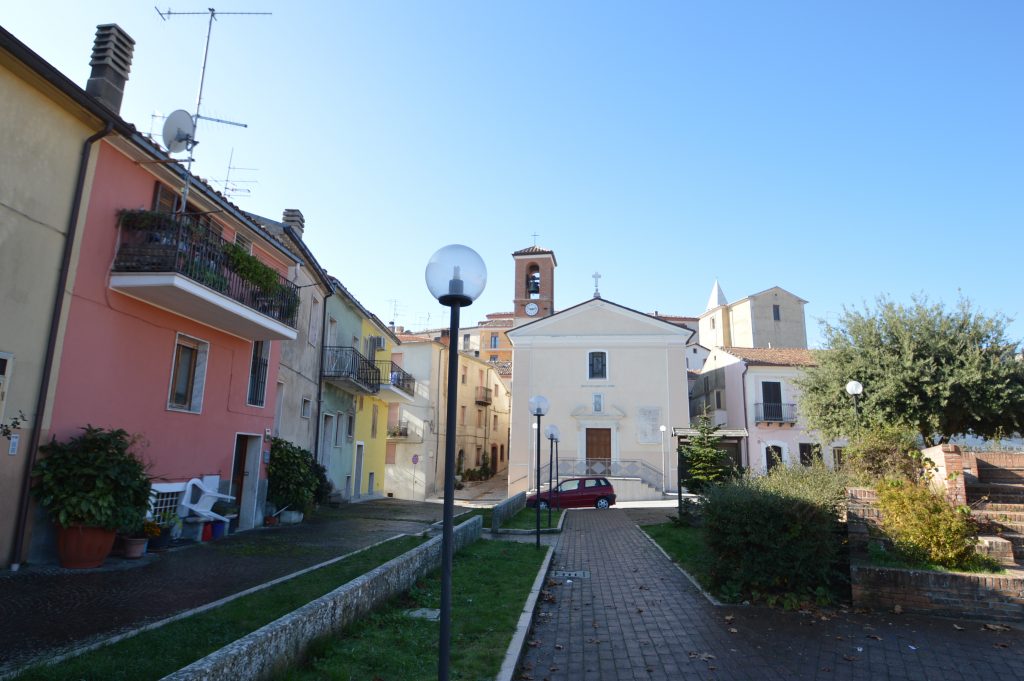
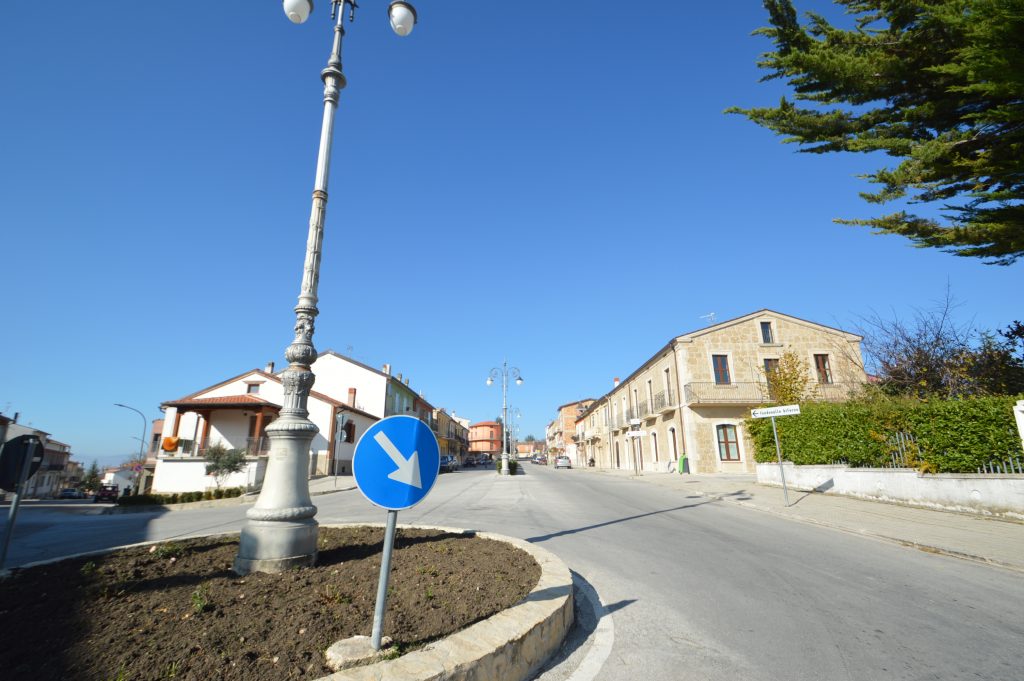
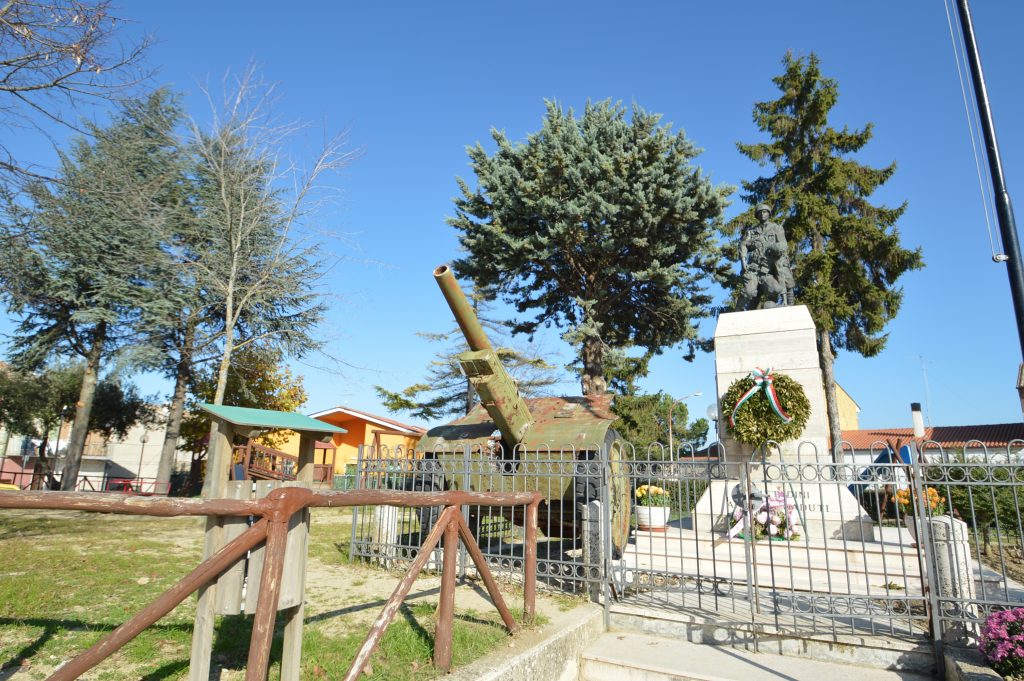
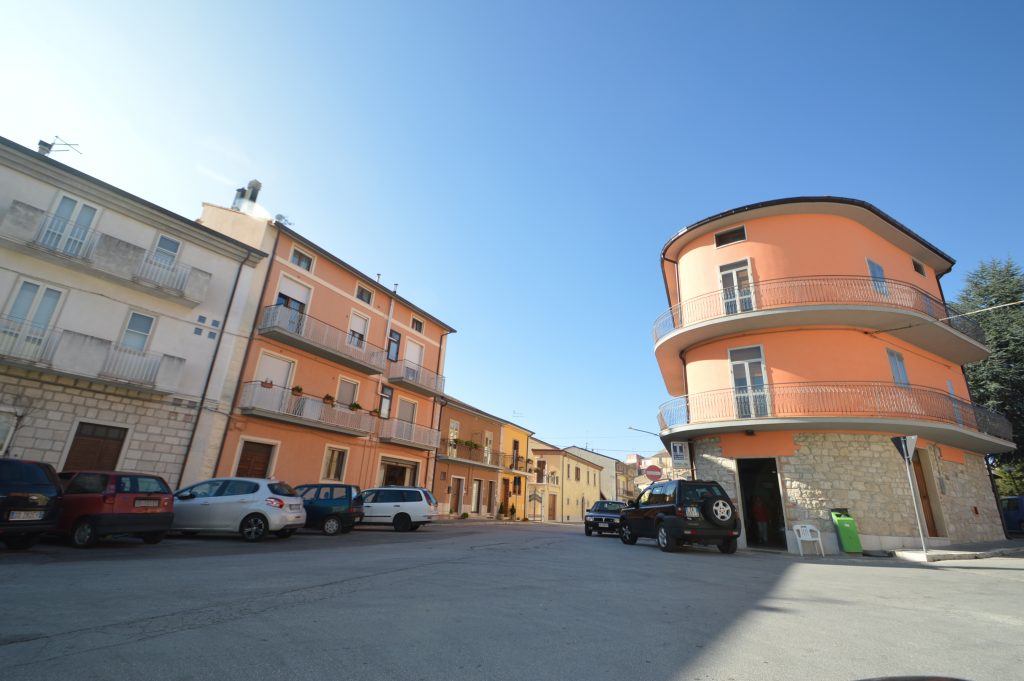
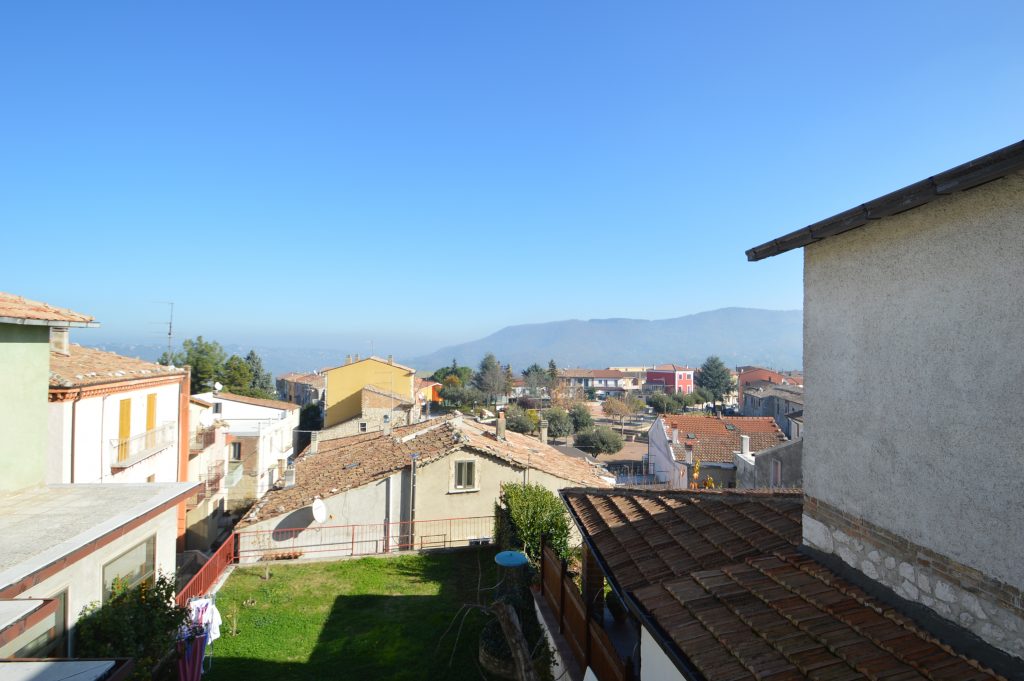
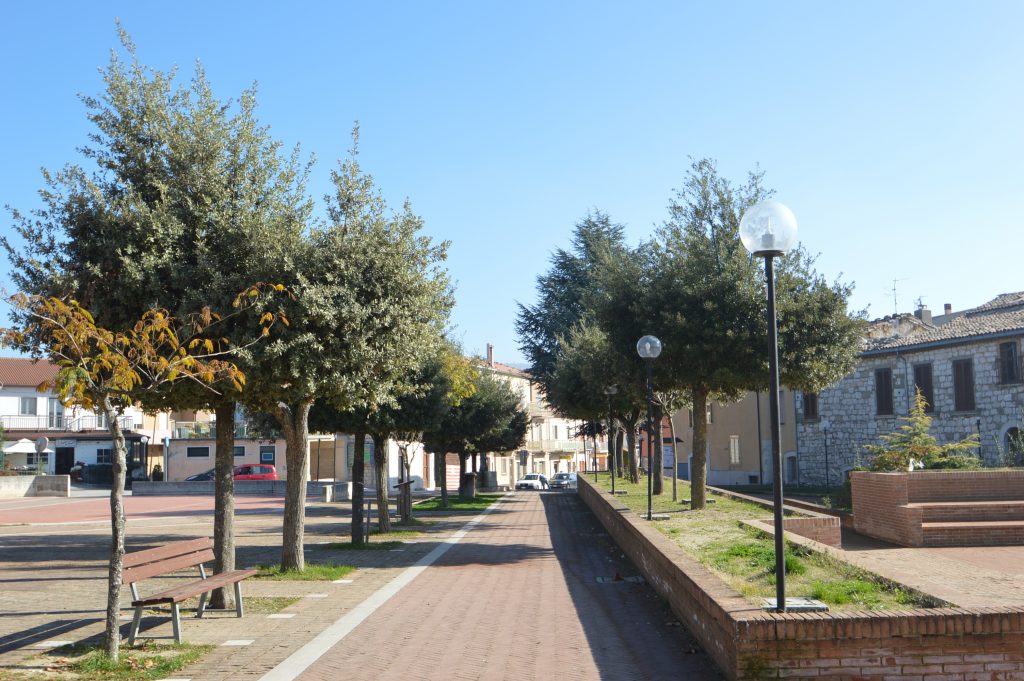
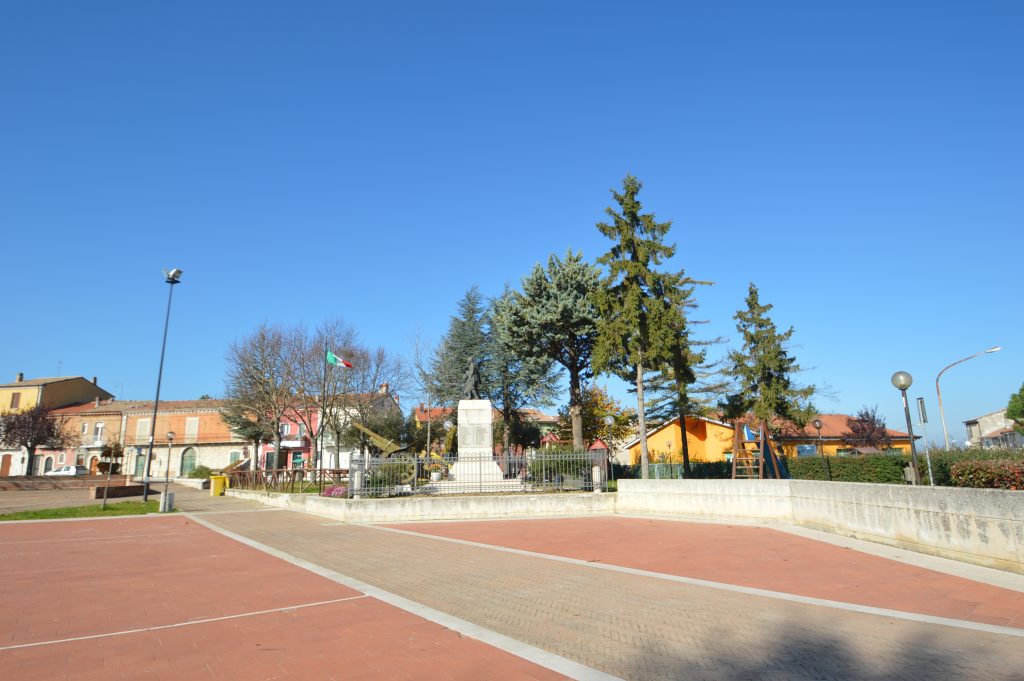
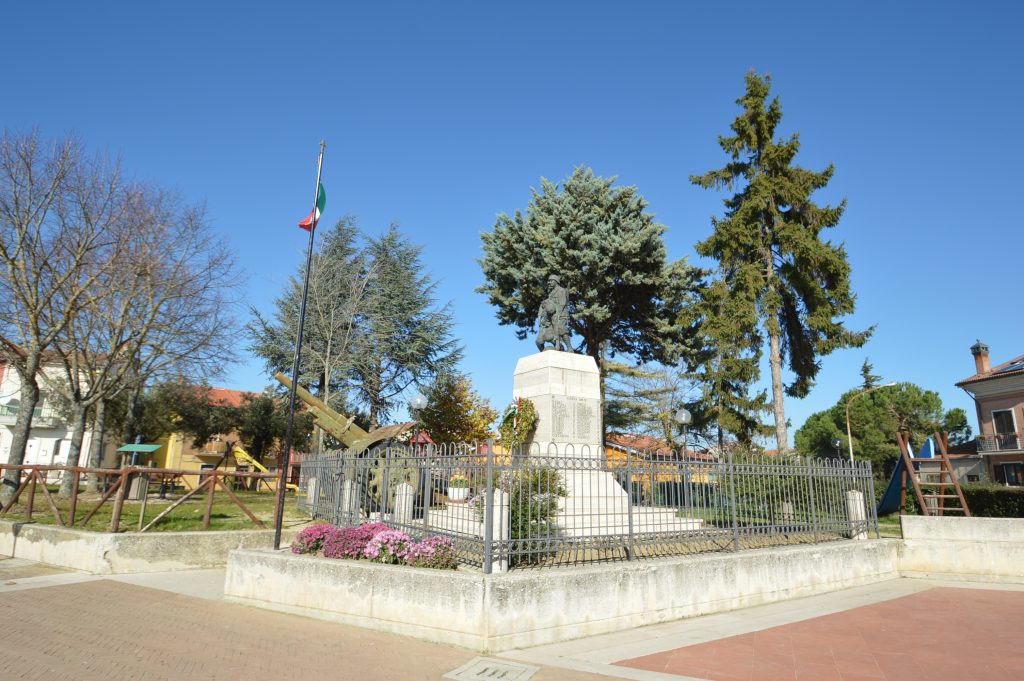
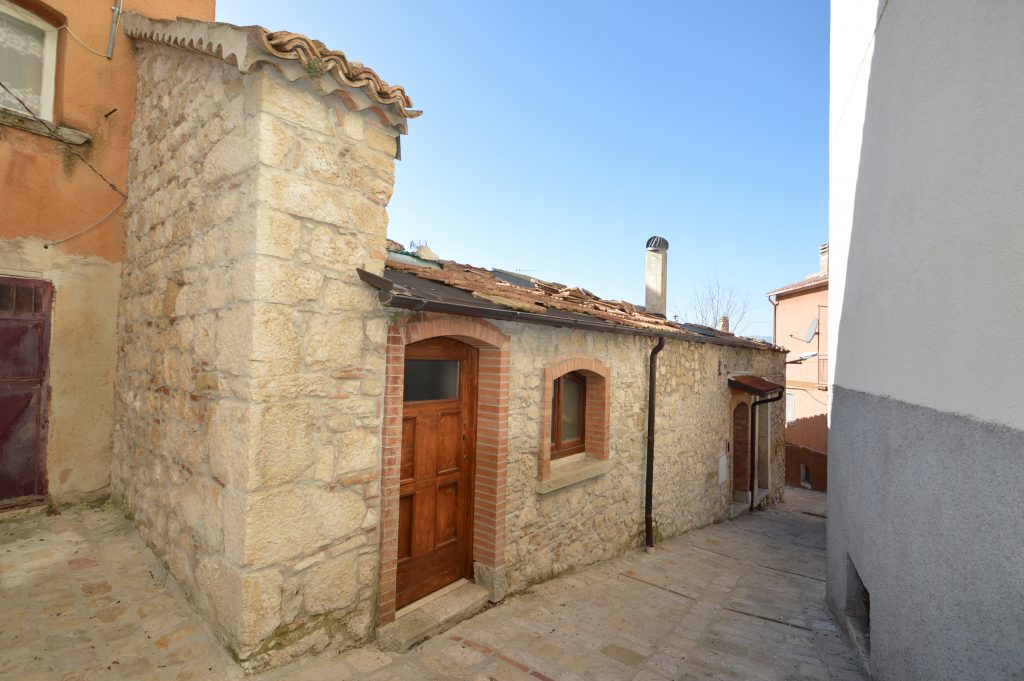
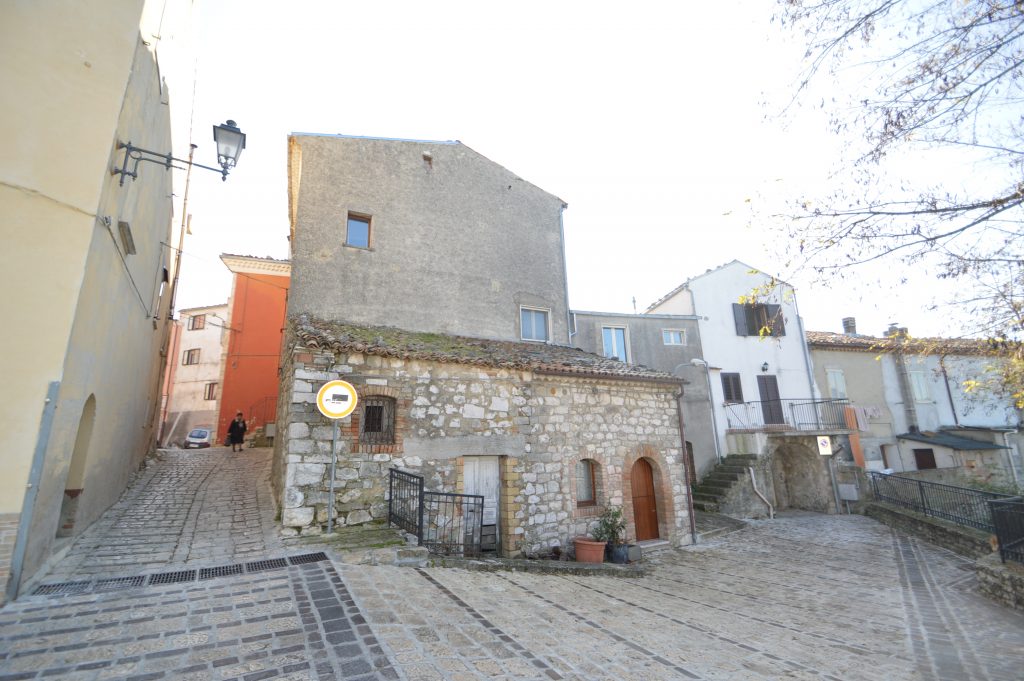
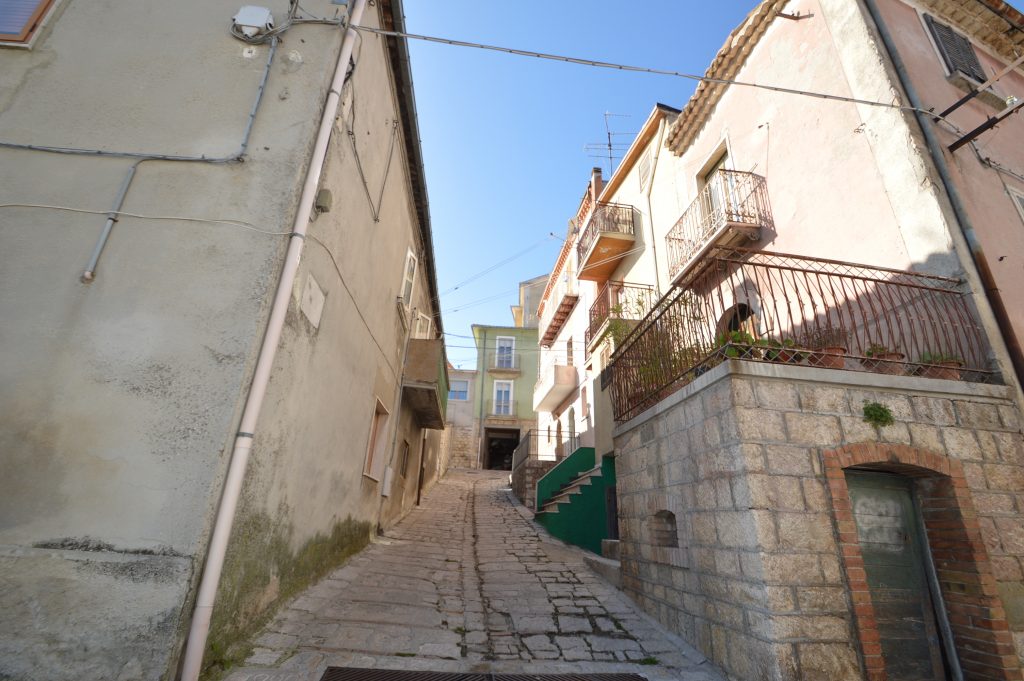
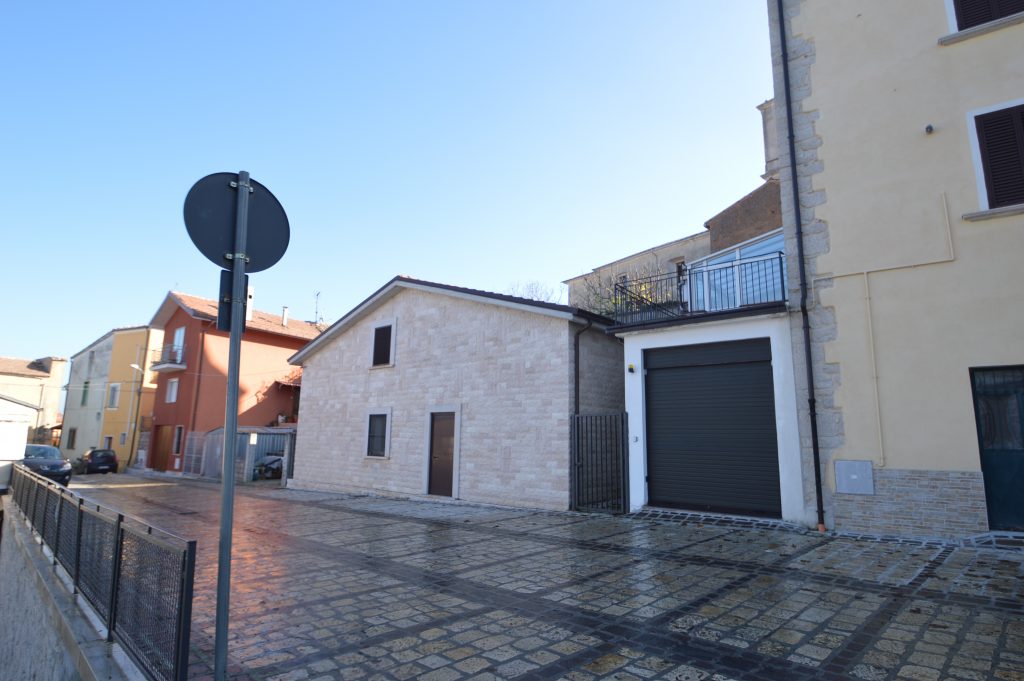

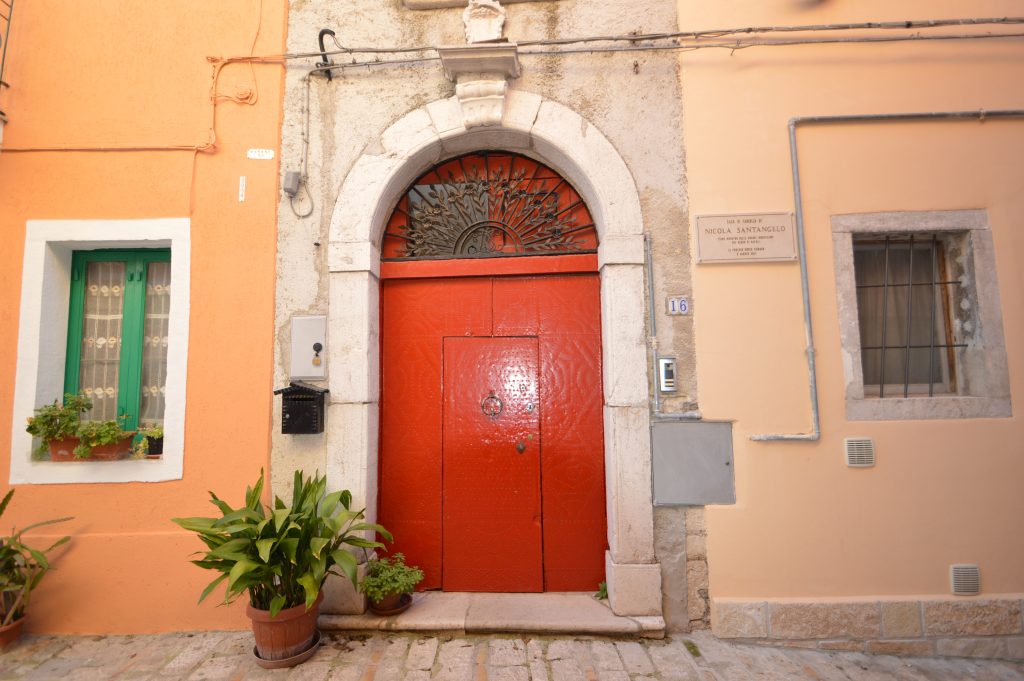
The building expansion that over the years has affected the town, led mainly to the plains, especially along the roads that connect the center of Campobasso and the Biferno valley.

The country, in its west side, is separated by a valley through which flows the river Biferno that traces the border Spinete, Casalciprano and Castropignano while in its northern side is divided by a valley where flows the stream of Oratino which marks the border with the eponymous town and Campobasso. Monte Vairano, located north west from Busso, marks the border with Campobasso and, in part, with Baranello with which it also divides the border to the east and along with Vinchiaturo, the south side.
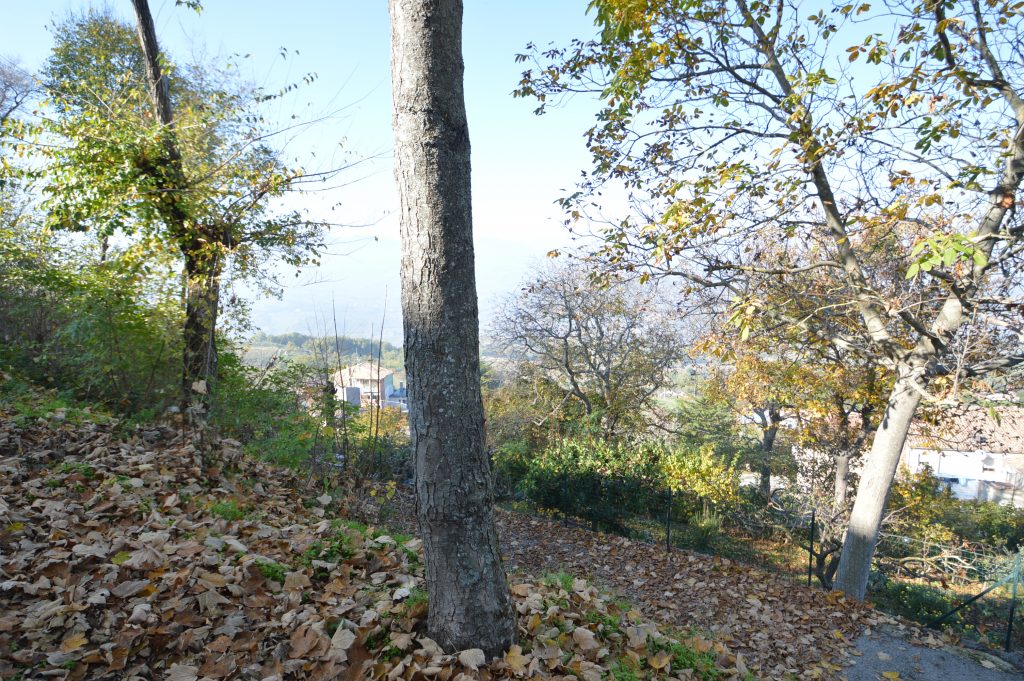
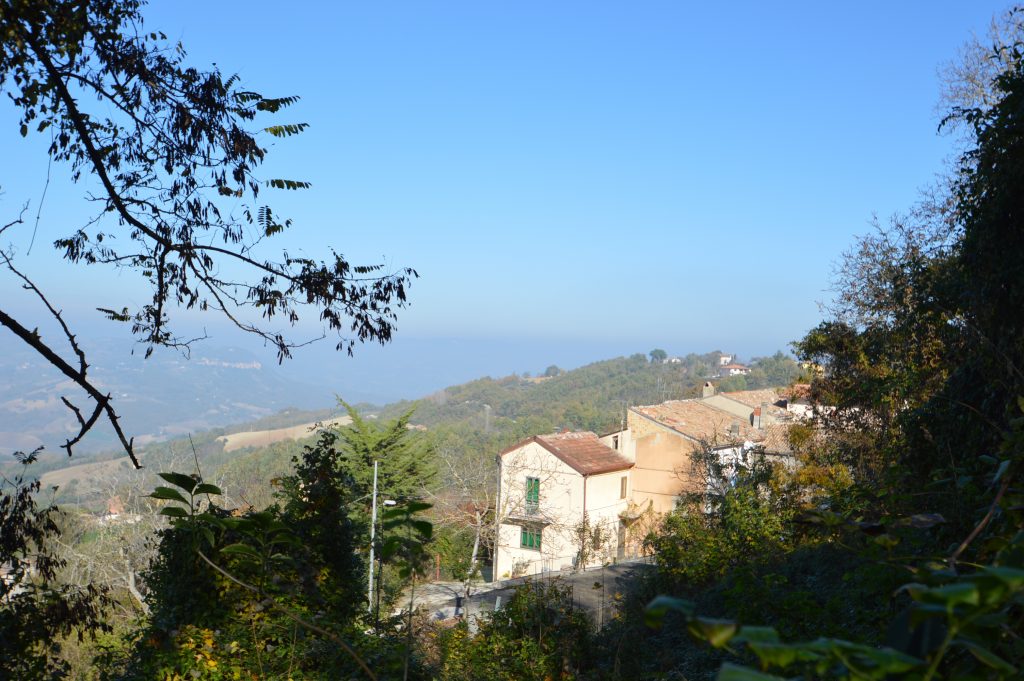
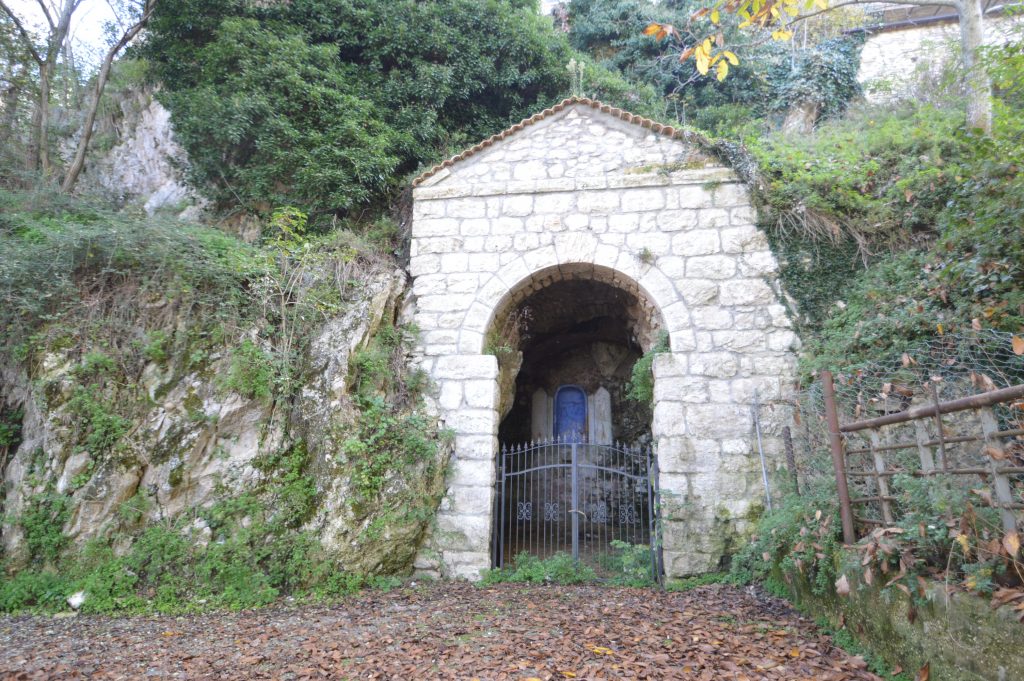
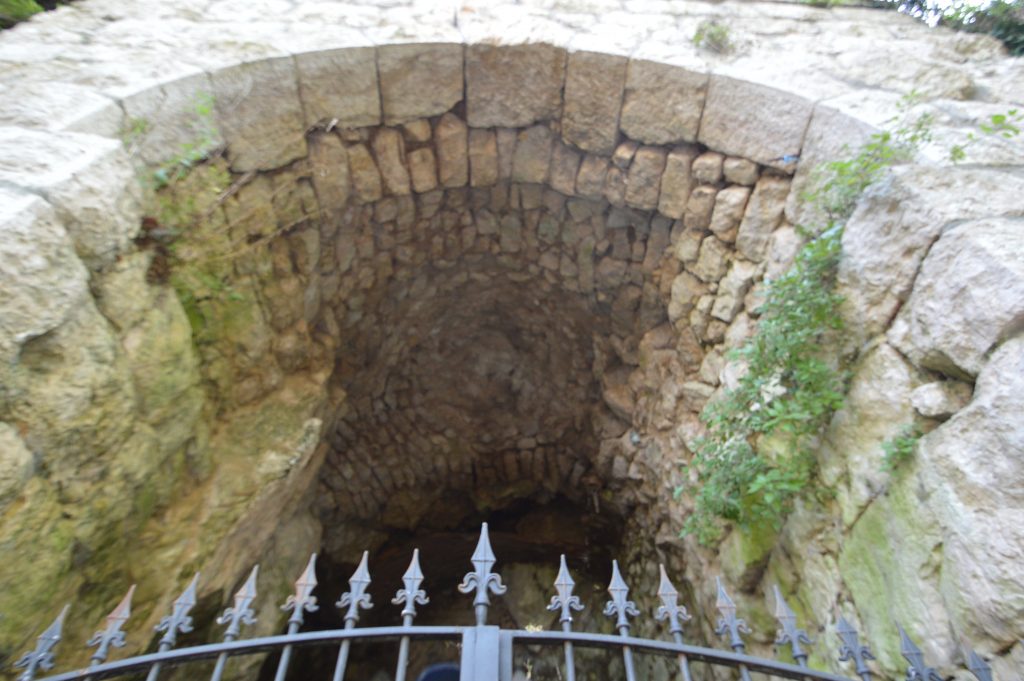
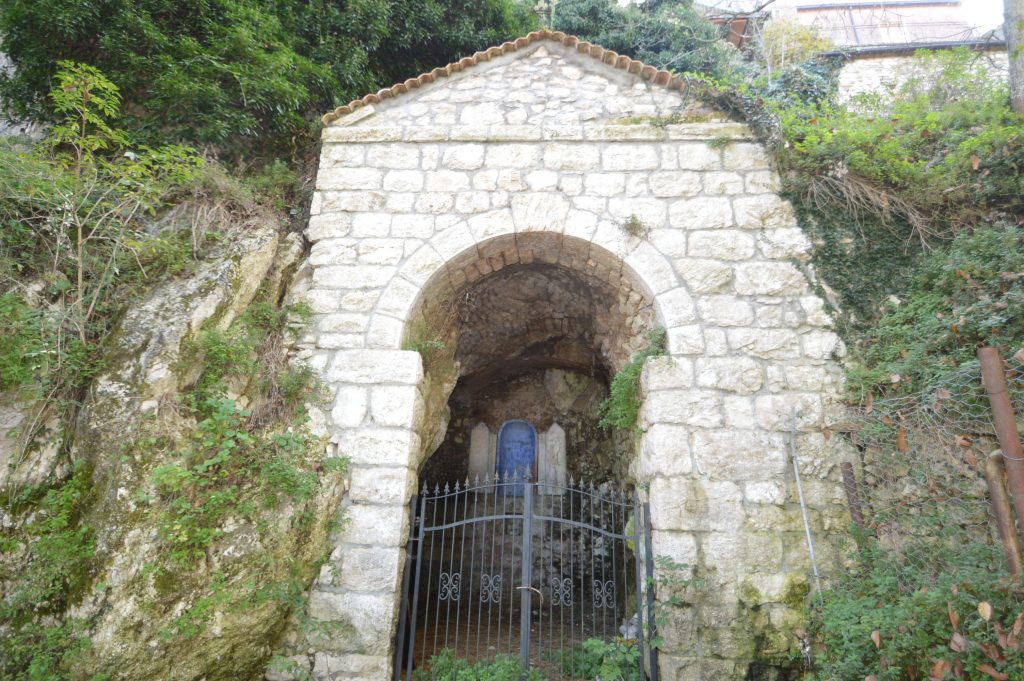
The town, far about 14 Km from Campobasso, the regional capital, is located in a hilly area at an altitude of 756 meters above sea level, rich in vegetation, at the foot of Monte Vairano, a place that represents the desired destination for those in search of tranquility and rest.
The archaeological site of Monte Vairano
In addition to the rural landscape of Busso, featuring harmonious color variations and rich history trails, beauty and traditional values, it is of significant artistic and historical interest the archaeological site of Monte Vairano. The site, dating from the fourth century a.c., is located on the border between the territories of Busso, and Baranello Campobasso and is still the subject of excavations by the Archaeological Superintendence of Molise. It is a town enclosed within the castle walls, made of pebbles and sandstone, materials present on site, which is about three kilometers long. The settlement would have been identified as the ancient Aquilonia, Sannita city that was attacked by the Romans and razed.
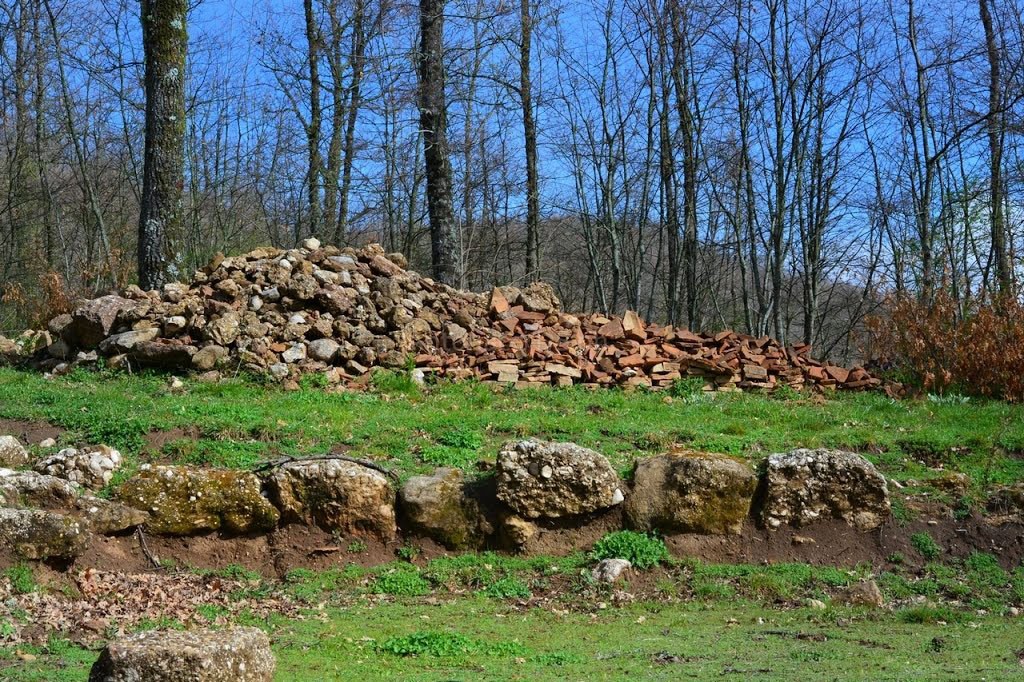
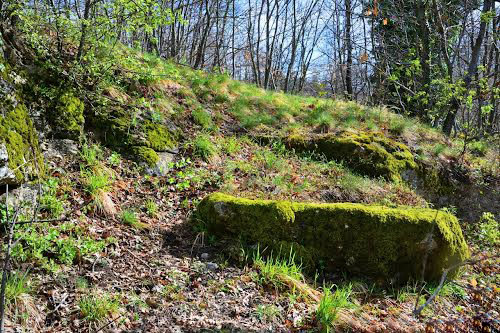
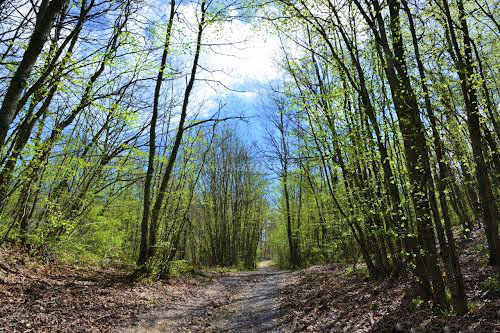
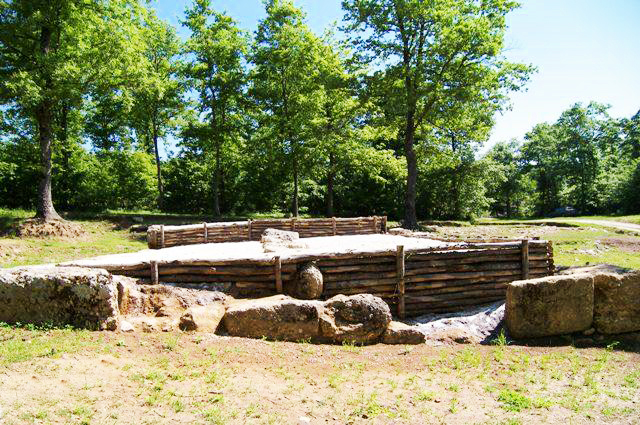
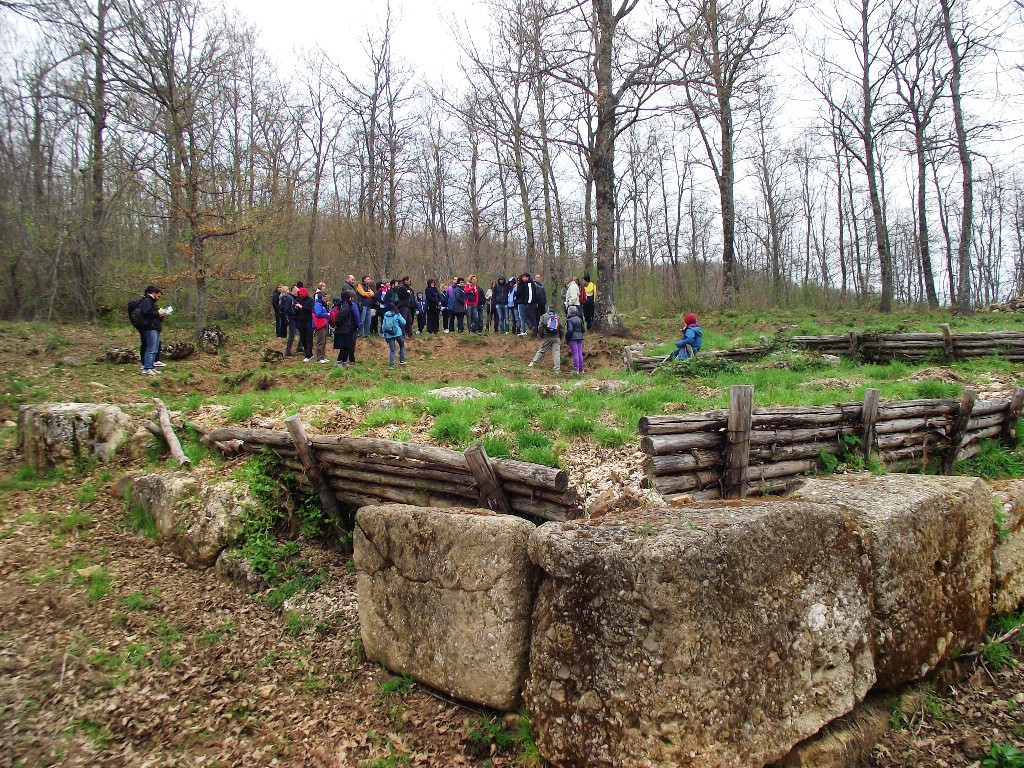
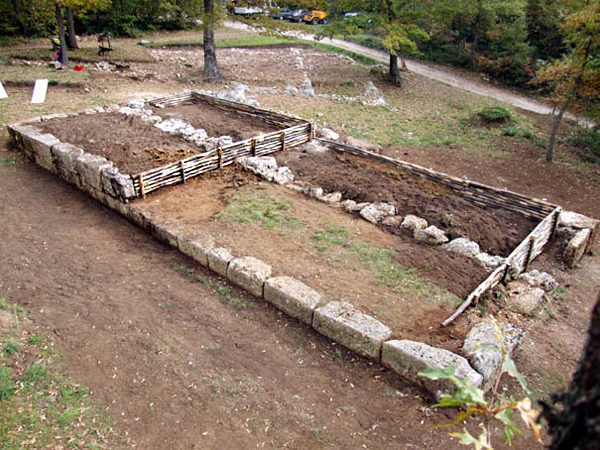
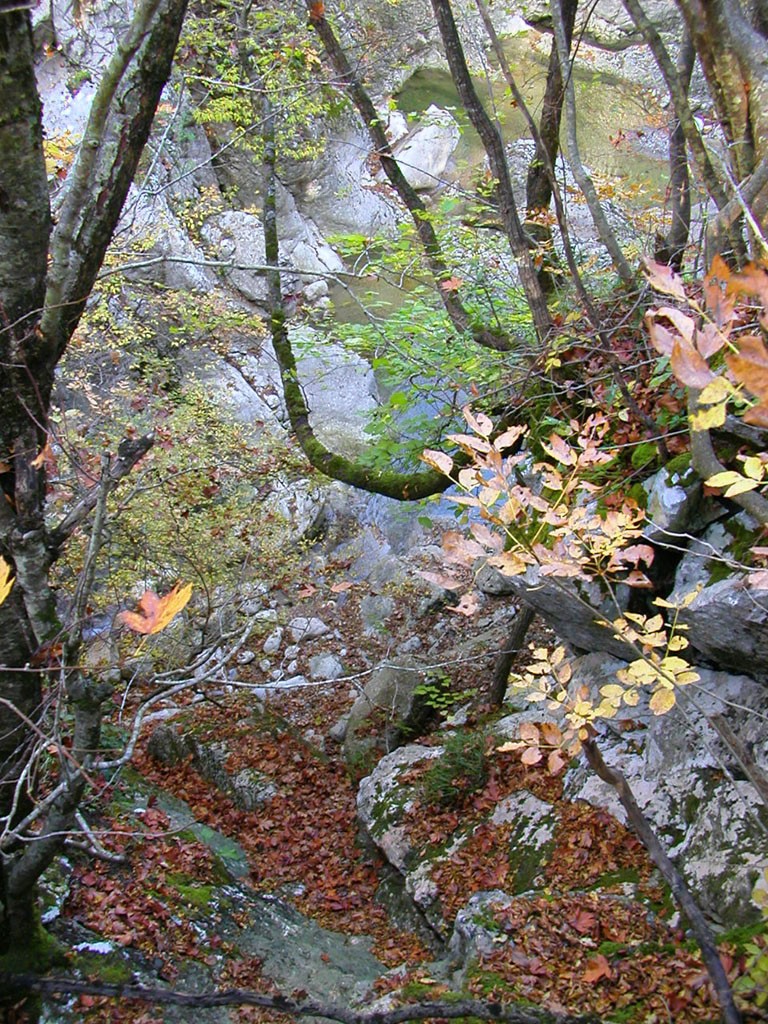
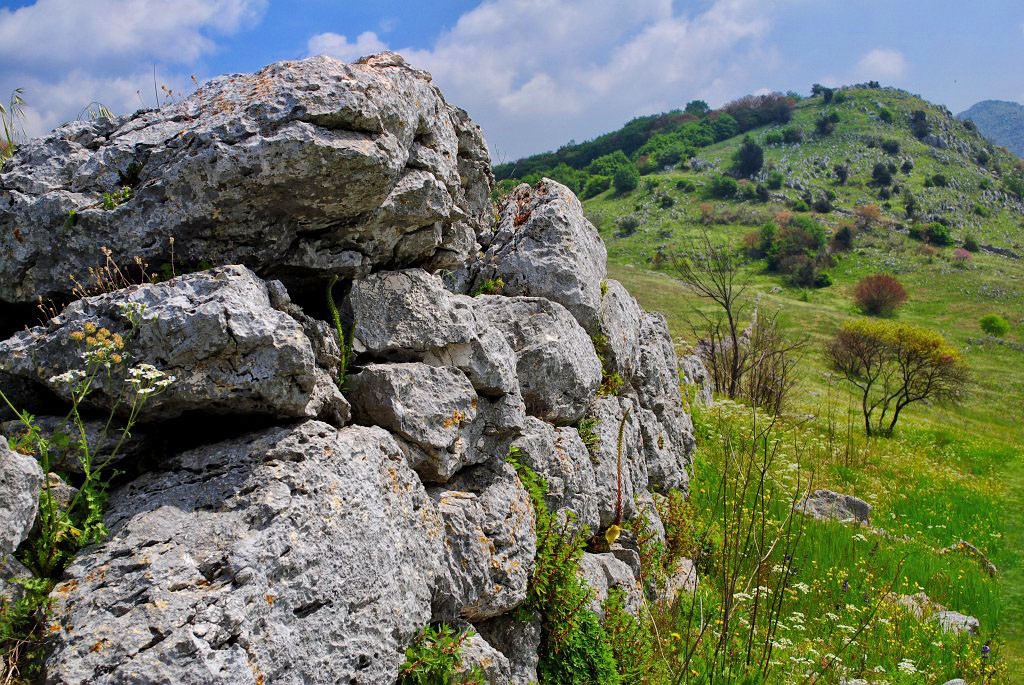
The fenced area has a square shape. Along the perimeter of the fortification were identified three doors: Porta Vittoria, East Gate, South Gate and West Gate. Near Porta Vittoria it was found a furnace, in the second a.c. century, producing black-painted vases. As regards the excavation activities, it must be noted that the same have brought to light several buildings by plastered and painted walls and water systems. Inside the walls were identified buildings, scattered throughout the area, among which is a housing structure “of LN House”, the title of which was identified comes from some ceramic fragments found in the house and that the two are engraved letters.
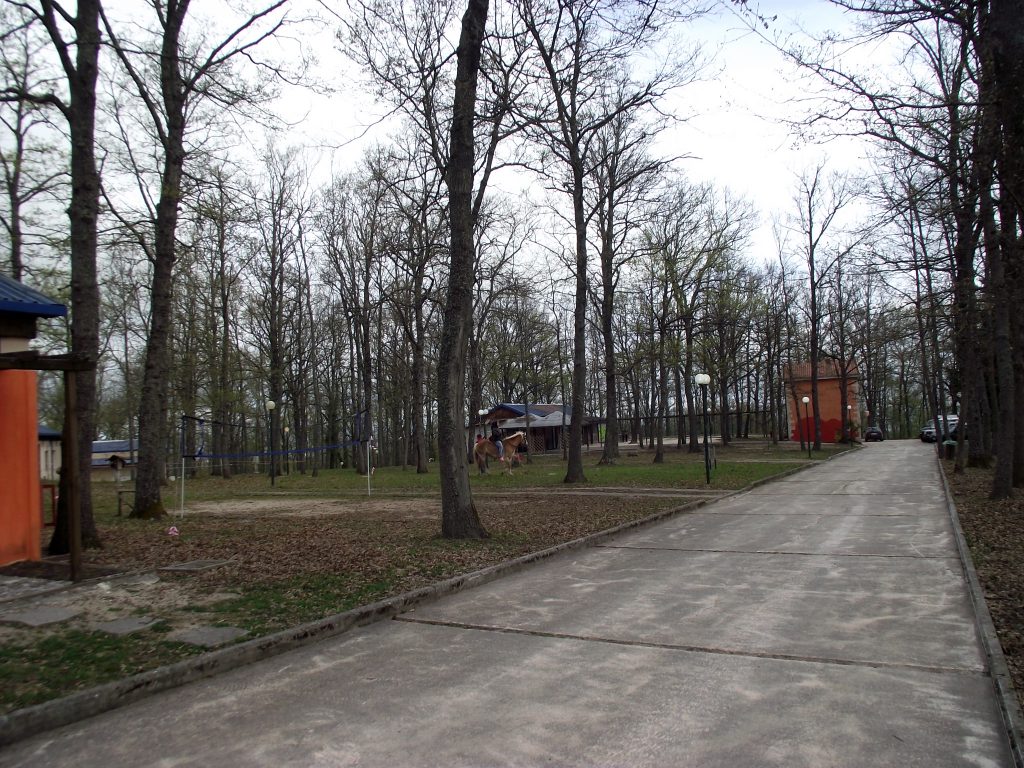
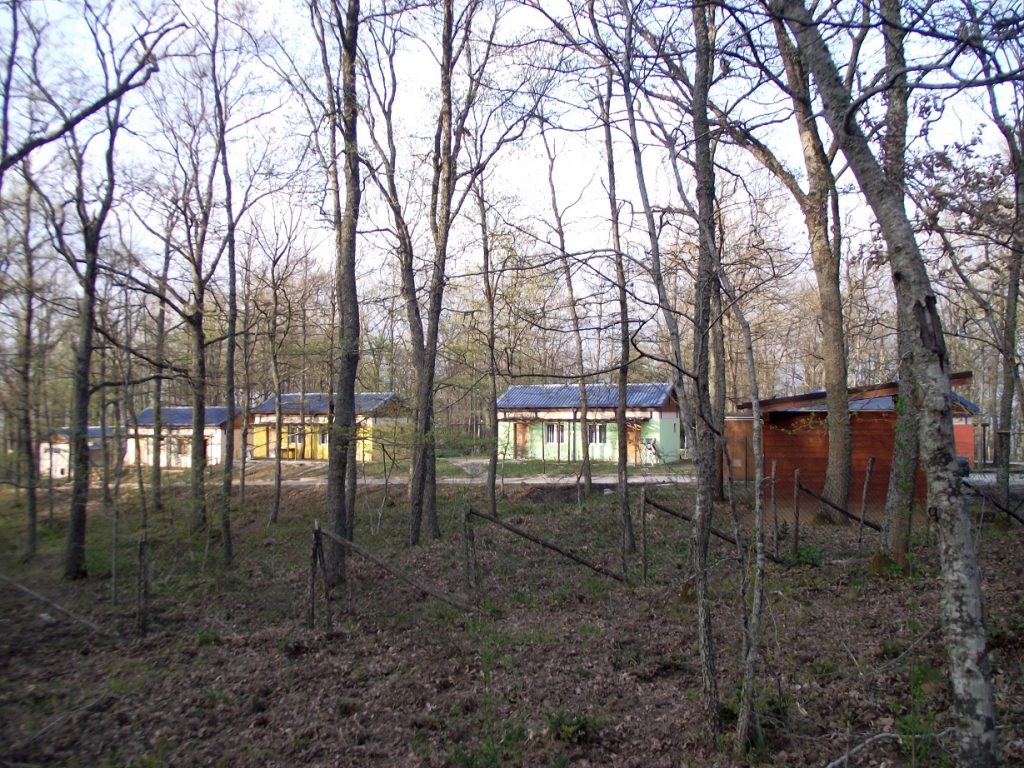
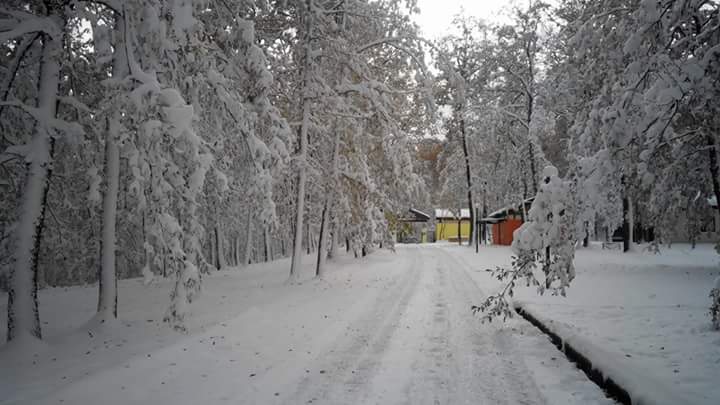
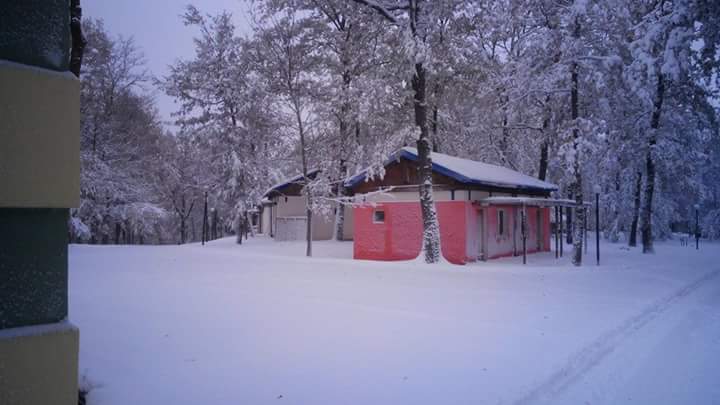
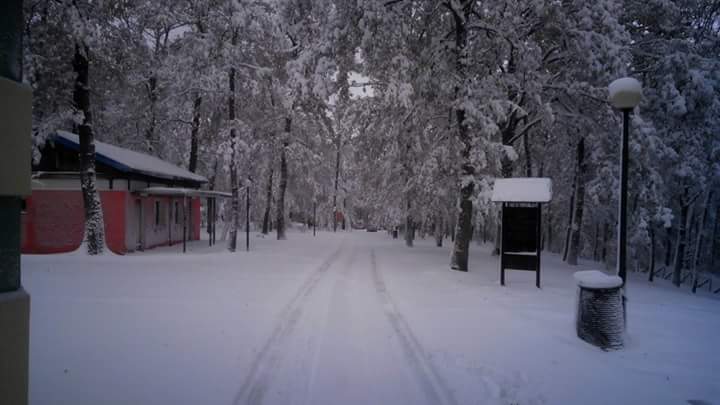
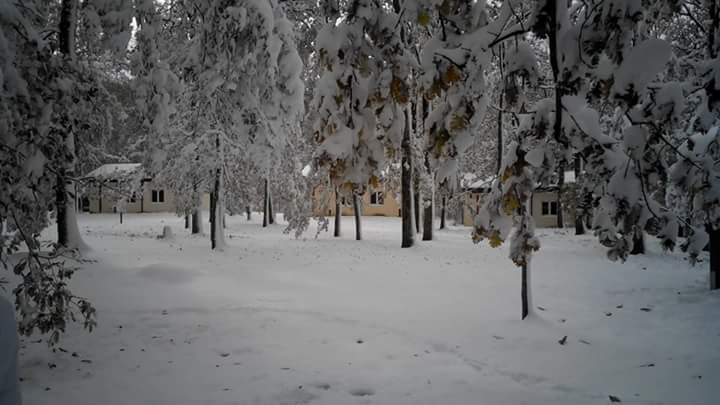
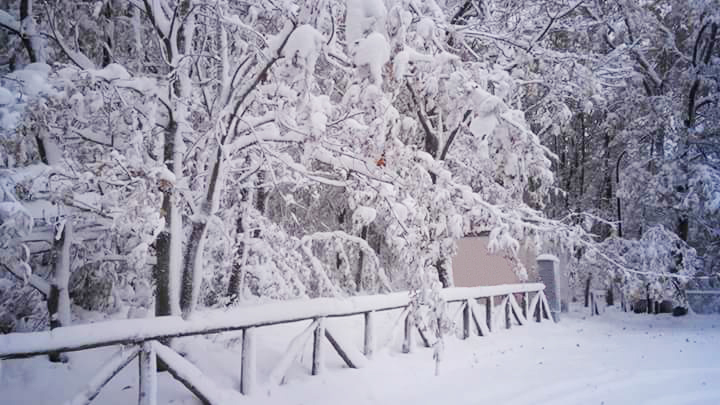
The entire site is surrounded by forest that is a botanical complex of high environmental value for its complex composition. It is, in fact, full of plants and herbs as well as various species of trees such as oak, black pine, fir of Douglas, the brown at whose feet find fertile ground mushrooms and truffles.
Monte Vairano and its legend
At the battle of Aquilonia, which saw the Sunni city destroyed by the Romans is linked to a legend, a local story. During the siege, at the approach of the decisive battle of a Roman soldier, making some forays outside the camp of the soldiers, she fell in love with a young Sunni who returned his love. One night the young man driven by a burning desire to meet her lover, left the walls of the city inadvertently leaving open the front door. The Romans, saw the open gate, promptly they took advantage by attacking the city and sweeping in their impetus also young Sunni who was killed. The Roman army, hearing the news of the death of his beloved, took his own life. It is said that even today, in the dense vegetation of Monte Vairano, if you pay attention, you can hear the cries of joy of the two lovers who rely happy.
The coat of arms of Busso brings in a man who “knocks”, “beats” a tree, the symbol of this ancient country that performed work on a natural terrain, never been intended for agricultural use, or on fallow land remained for a long time, with the aim to make it cultivable and fertile as possible. The image is enclosed within a shield in turn surrounded by an inscription “THE UNIVERSITY ‘OF KNOCK”.
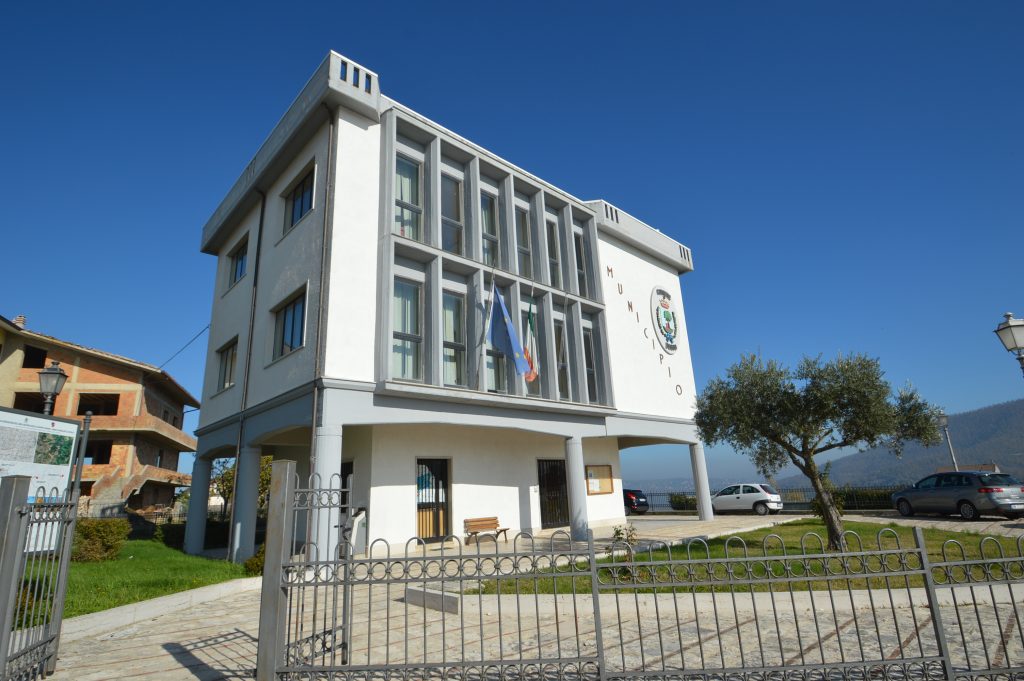
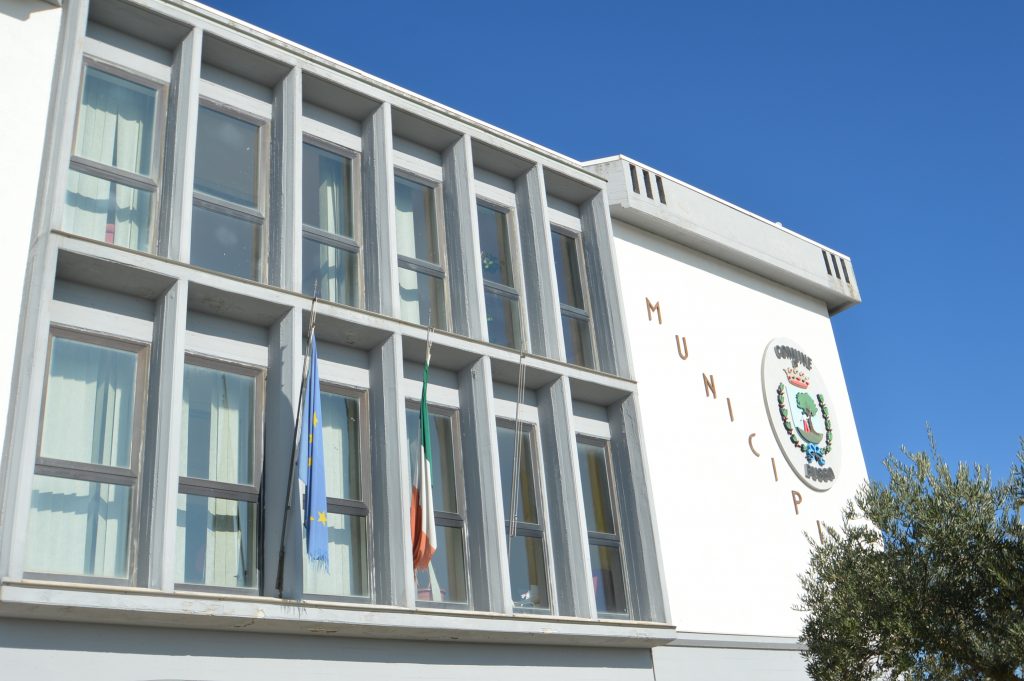
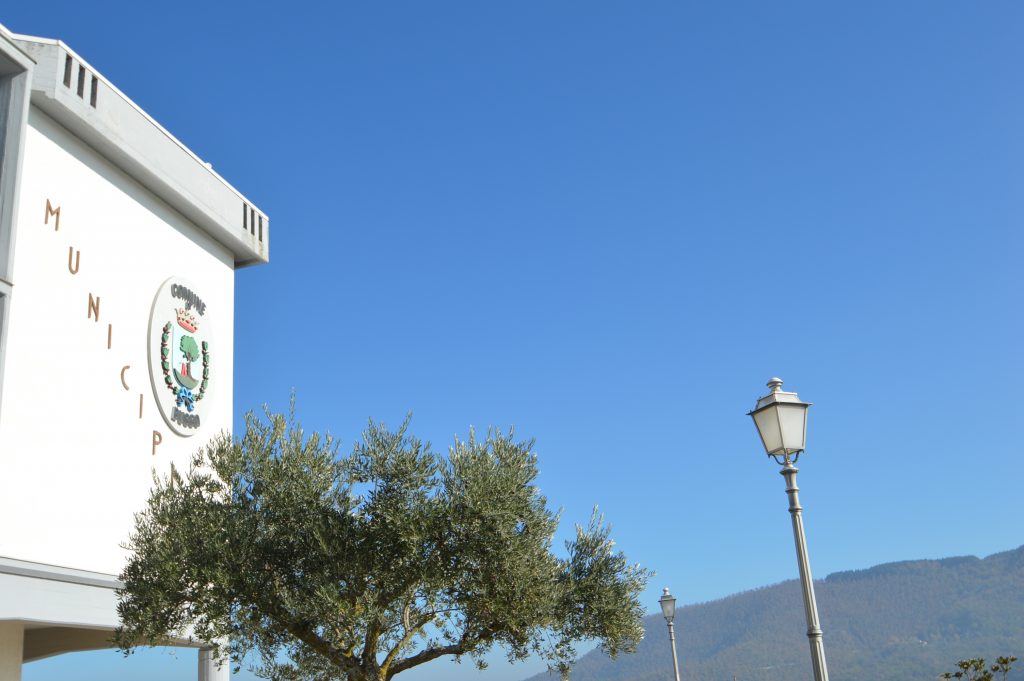
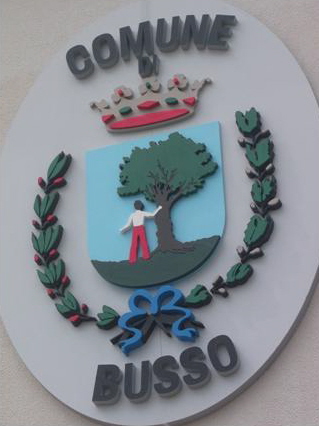
The banner of the town consists of a cloth of violet, ornate embroidery and loaded, in its central part, topped the coat of arms above the inscription “MUNICIPALITY OF KNOCK”.
HISTORY AND PLACES OF WORSHIP
In bussese community there are three churches:
Church of St. Lawrence Martyr, adjacent to the ducal palace, located in the highest part of the village. It has a simple facade with salient, with the portal framed by two white marble pilasters. Inside the church they are placed four marble altars where there are kept some valuable paintings. Also in the church there was a wooden crucifix by the sculptor Neapolitan Colombo stolen, along with other works, following a theft made around the year 60. The Church lives its highest expression of Christianity on August 10 of each year, during the celebrations in honor of St. Lawrence Martyr, patron of Busso.
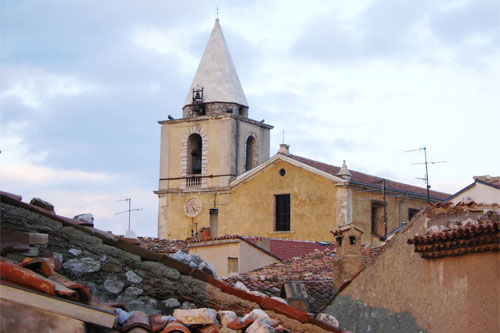
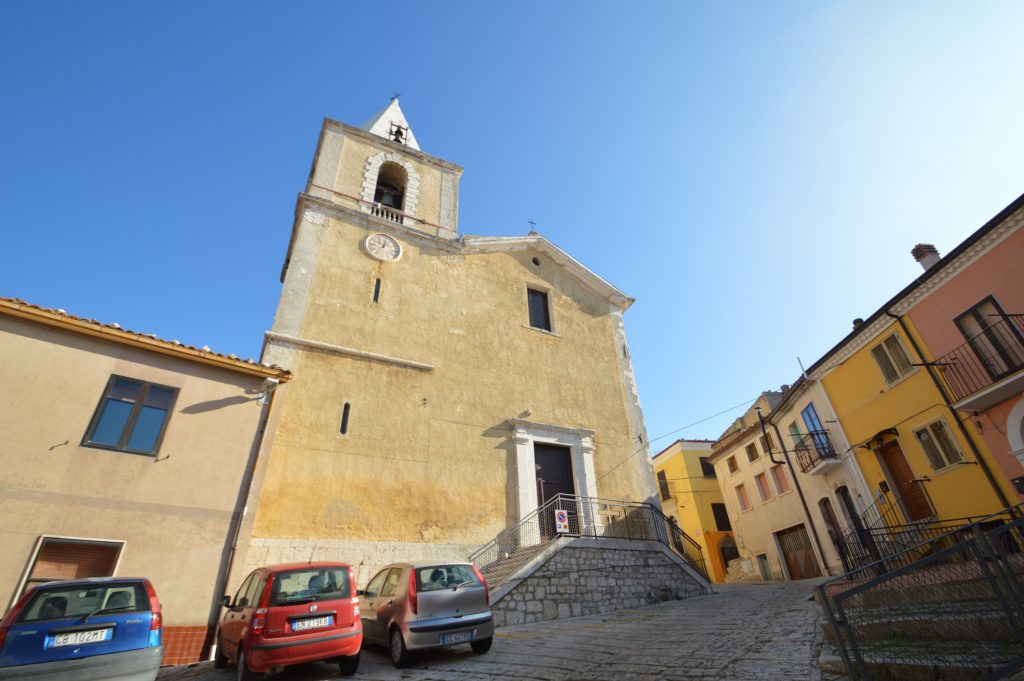
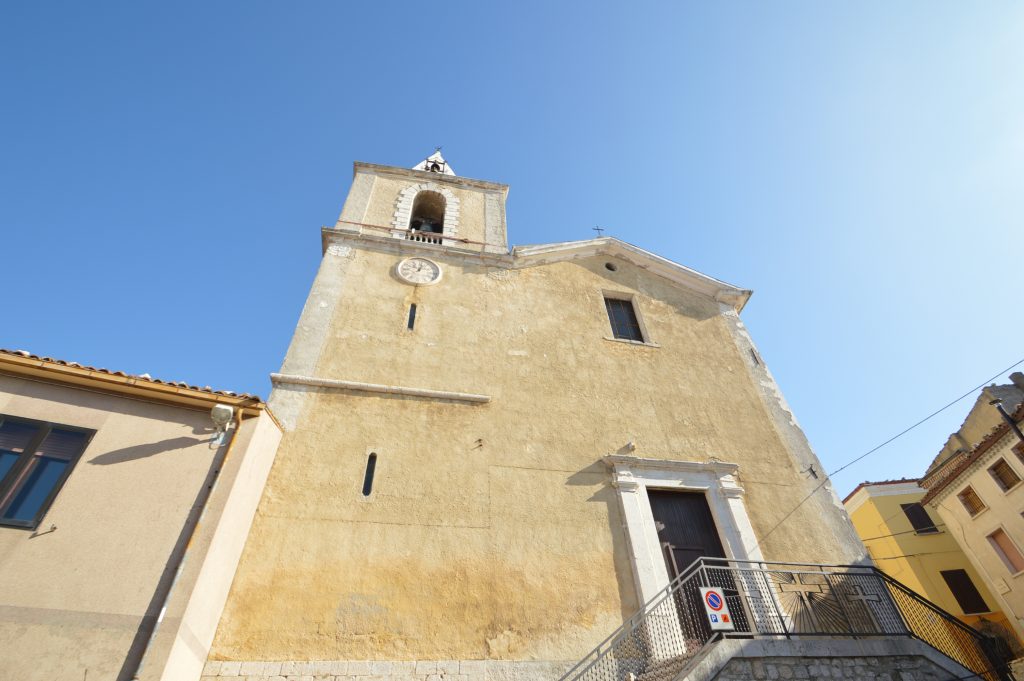
Church of the Madonna del Carmine is another important church to knock and the bussese community. Situated in the center of town, right next to the main square, it was built in the fifteenth century by the Marquis Ottaviano Capece. Seriously damaged by the 1805 earthquake, it was rebuilt and enlarged. Currently, the Carmelite church is governed by a brotherhood that bears his name. He relives its former glory July 16 of each year, during the celebrations in honor of the Madonna del Carmine.
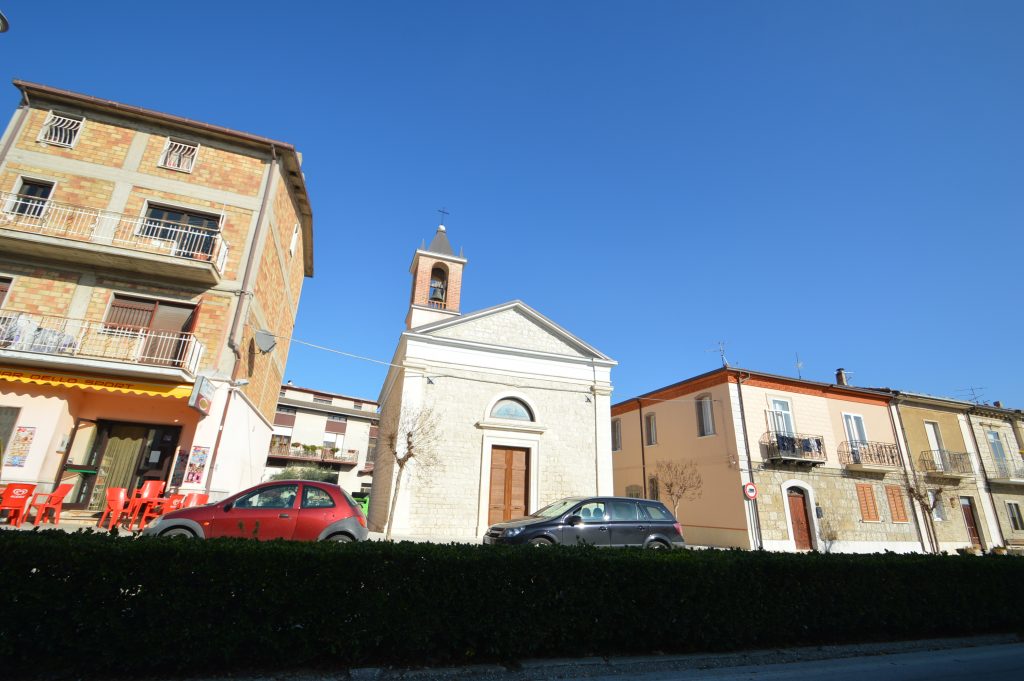
Church of Santa Maria in Valle placed in a valley, about two kilometers from the city center, the church was re-opened on the second Sunday of September, during the celebrations in honor of Santa Maria. The occasion is reason for Bussesi, for a picnic, enjoy a day outdoors, celebrate Santa and taste local wines and gastronomic products.
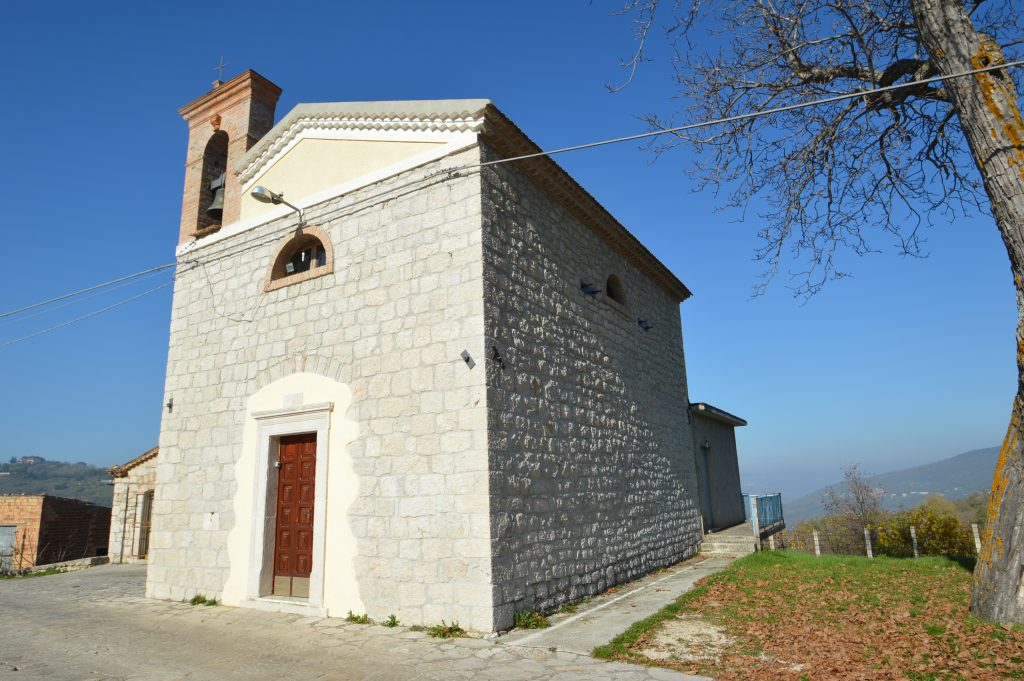
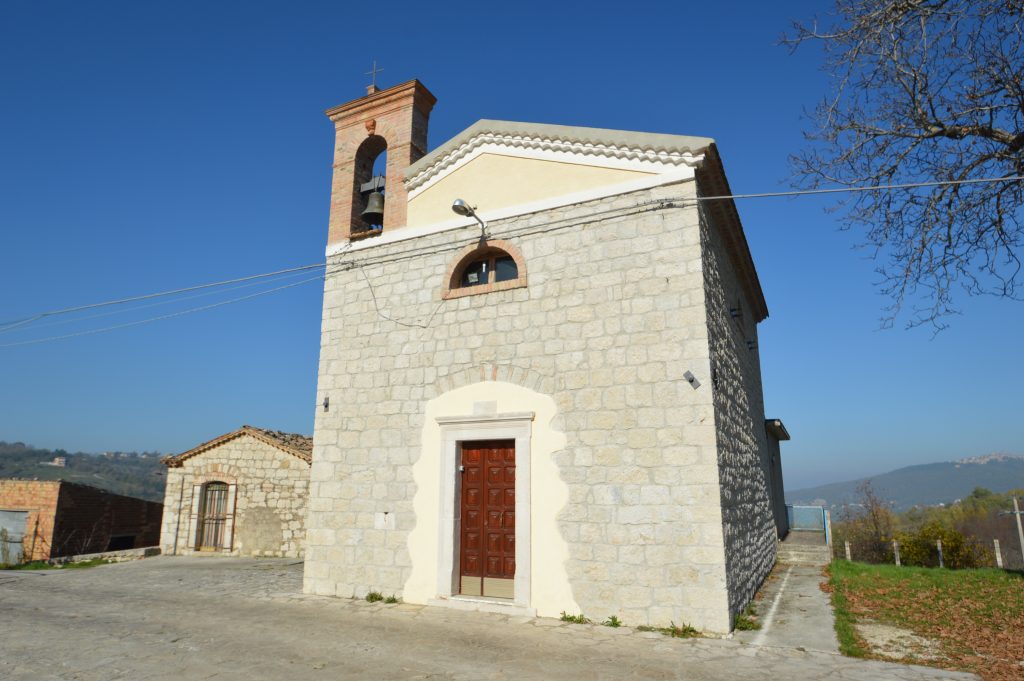
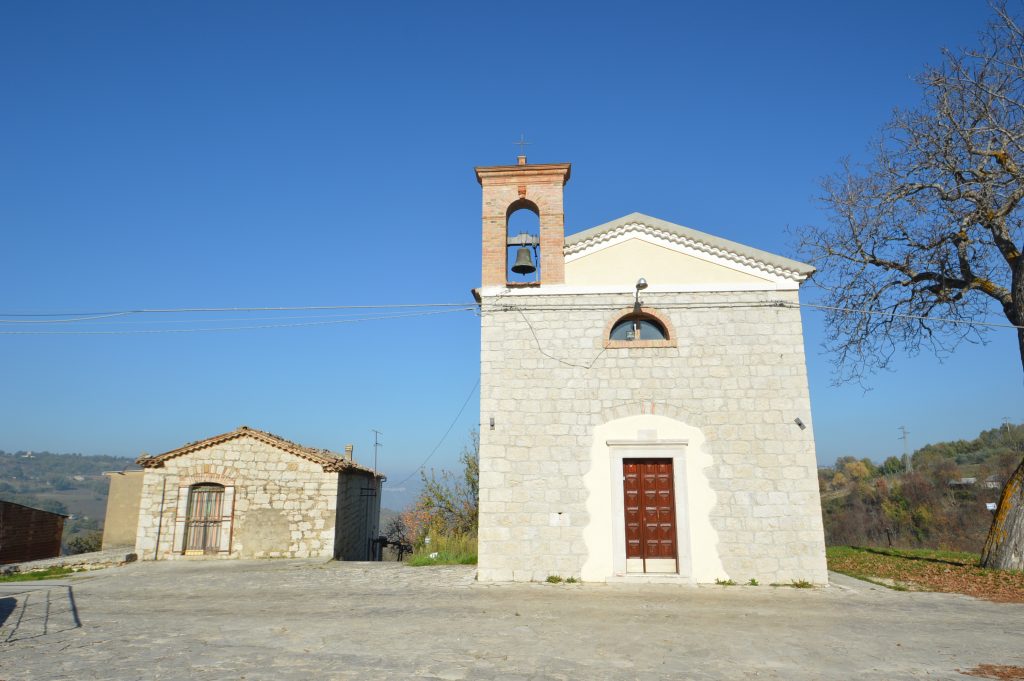
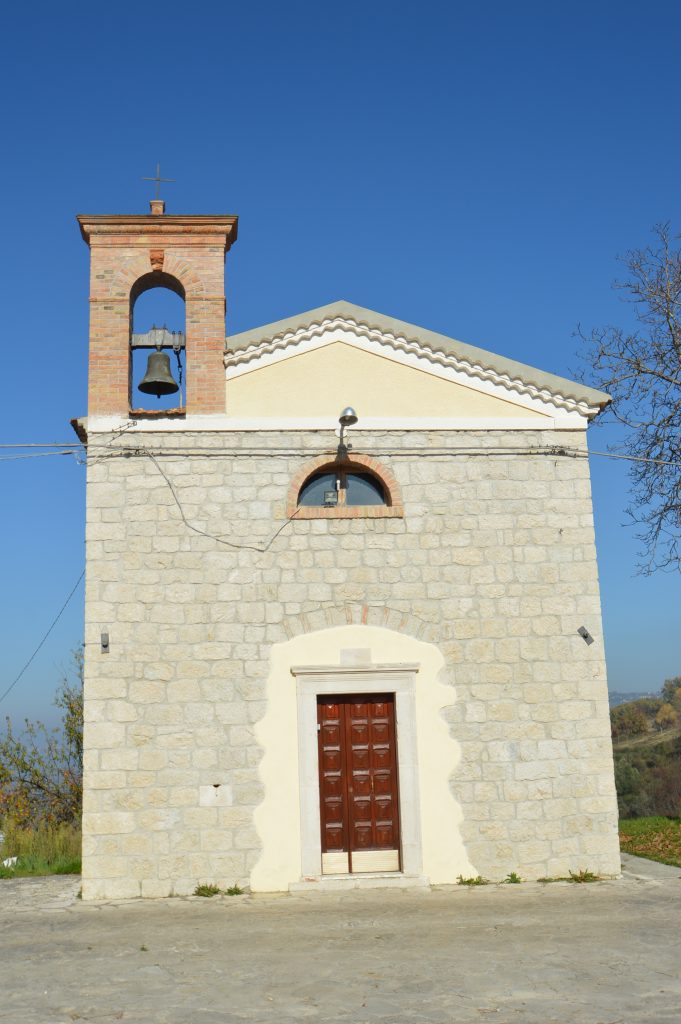
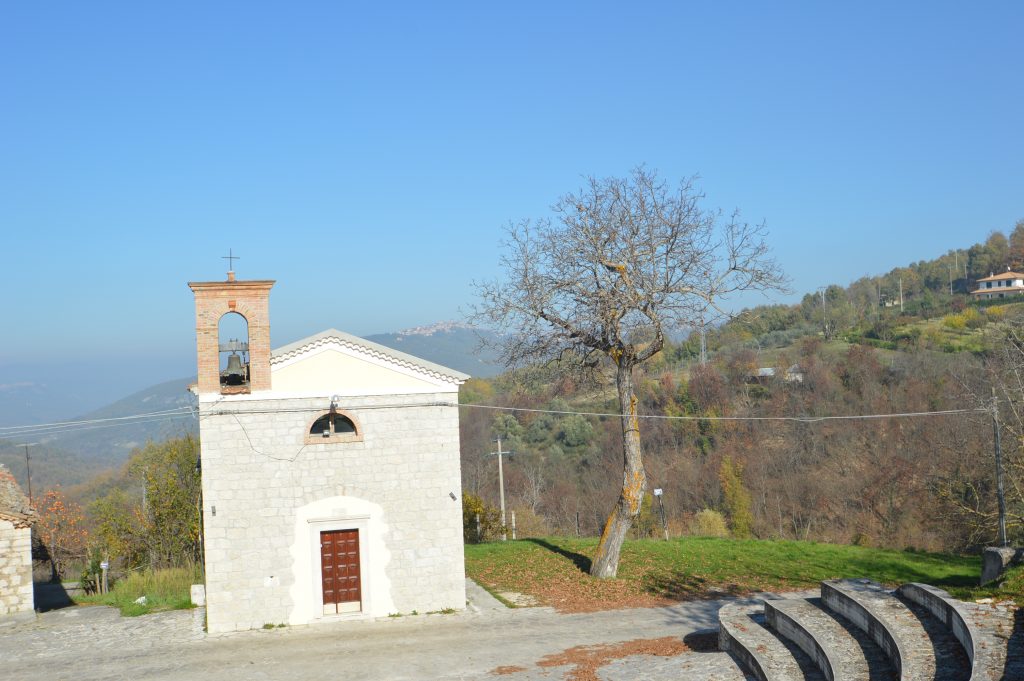
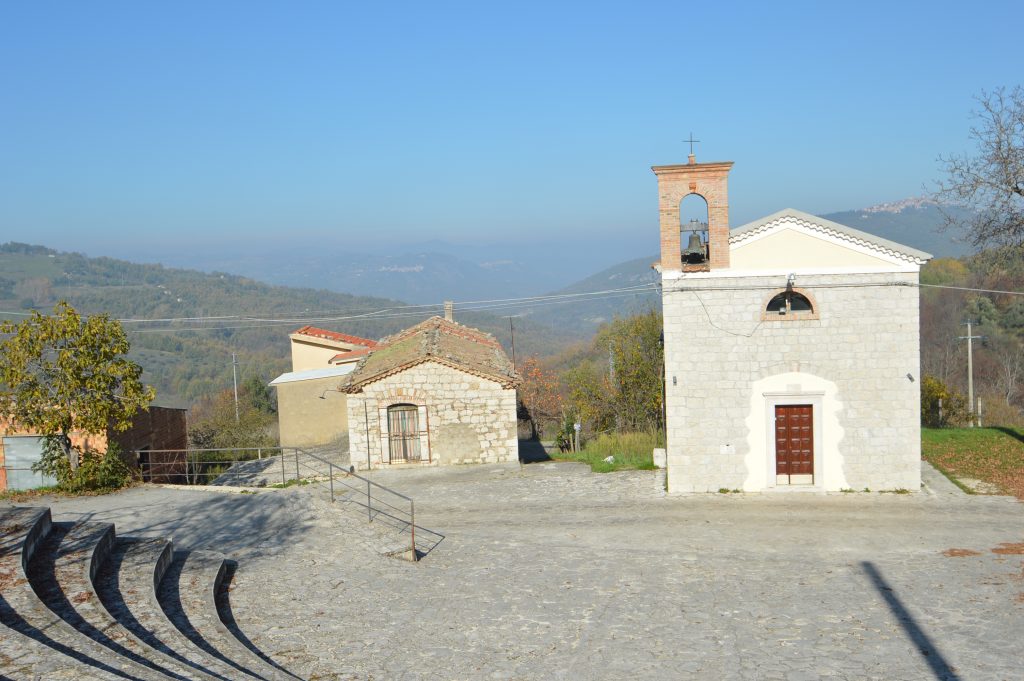
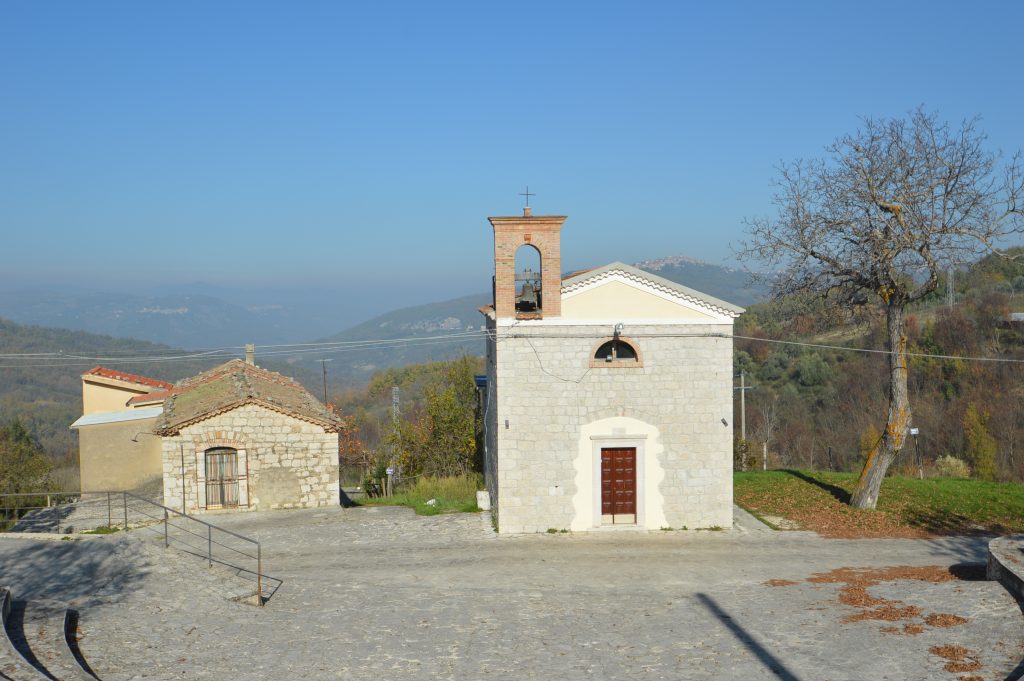
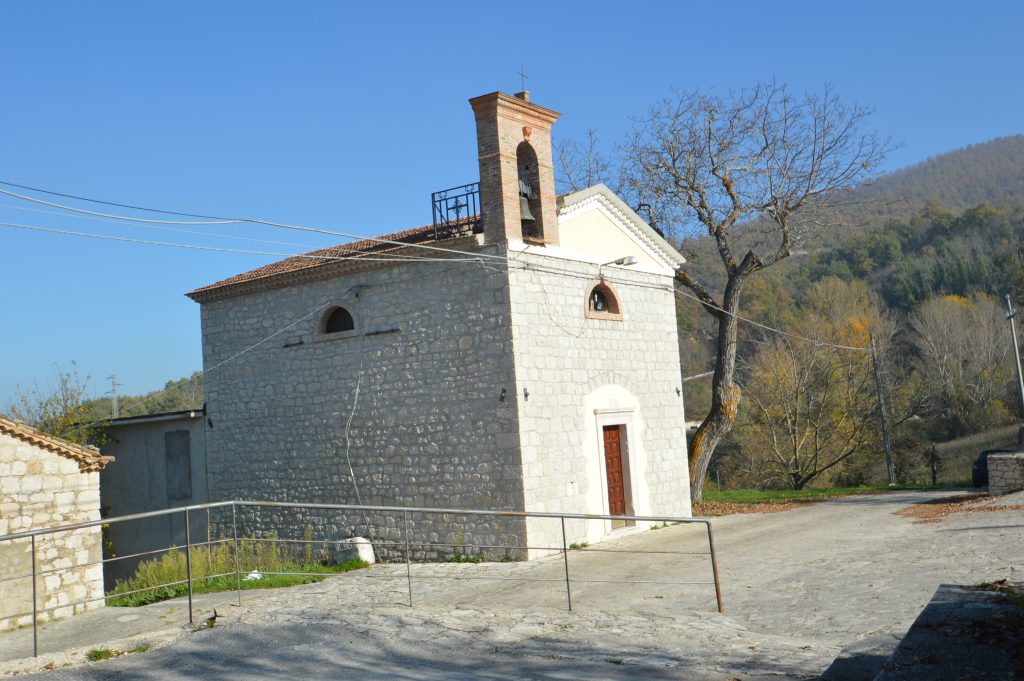
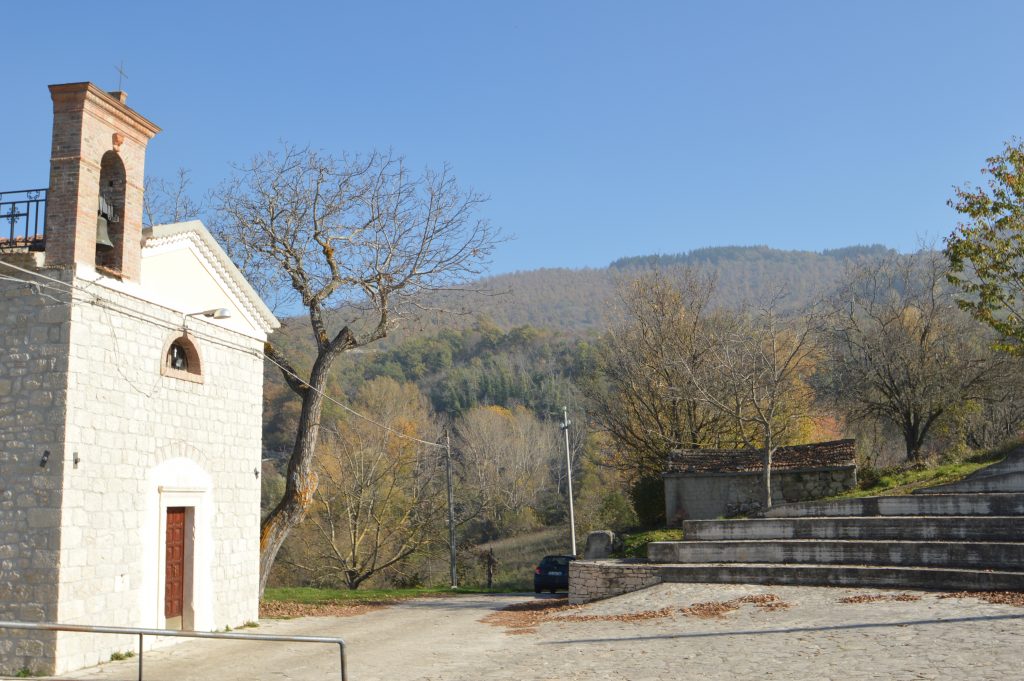
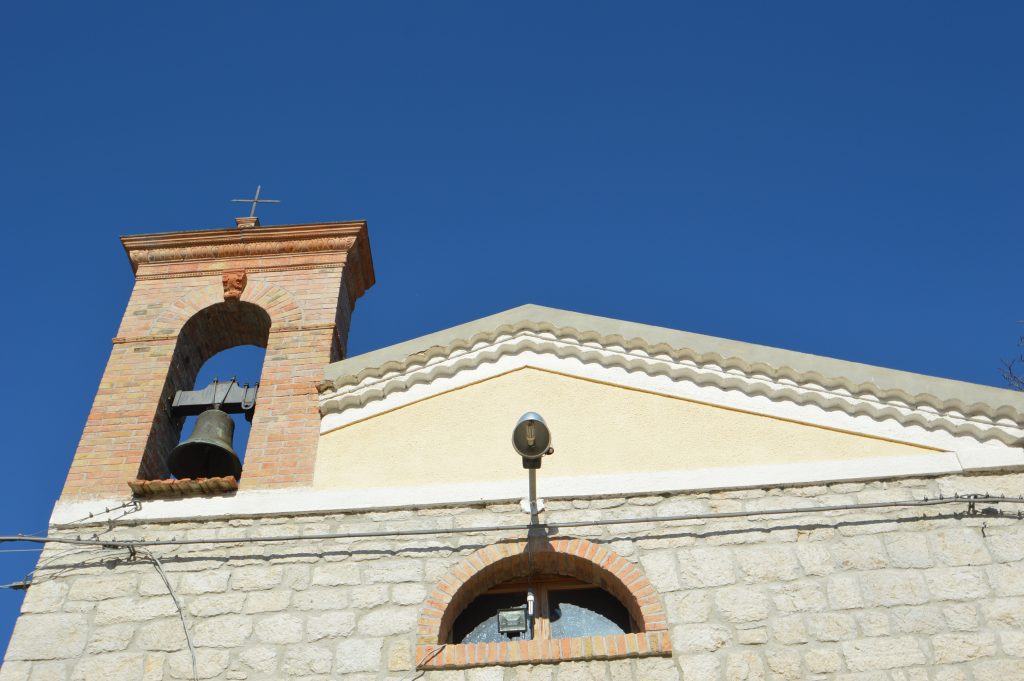
There are also two other buildings once used as places of worship: The church of St. Anna located on the old town, now abandoned and no longer used for worship and the Chapel of St. Tecla at the entrance of the village and owned the Brunetti family.
ACTIVITY ‘AGRICOLE
 Among the agricultural activities the most important and delicate were represented harvest and threshing. These events took on a great importance as products derived from these processes, are of fundamental importance for the limited economic resources of the peasants of the time. Over the years many things have changed and today’s country activities are to say the least anachronistic compared to the time taken to perform them is that, above all, to the means used, but so that we like to remember them, and propose them to the attention of readers.
Among the agricultural activities the most important and delicate were represented harvest and threshing. These events took on a great importance as products derived from these processes, are of fundamental importance for the limited economic resources of the peasants of the time. Over the years many things have changed and today’s country activities are to say the least anachronistic compared to the time taken to perform them is that, above all, to the means used, but so that we like to remember them, and propose them to the attention of readers.
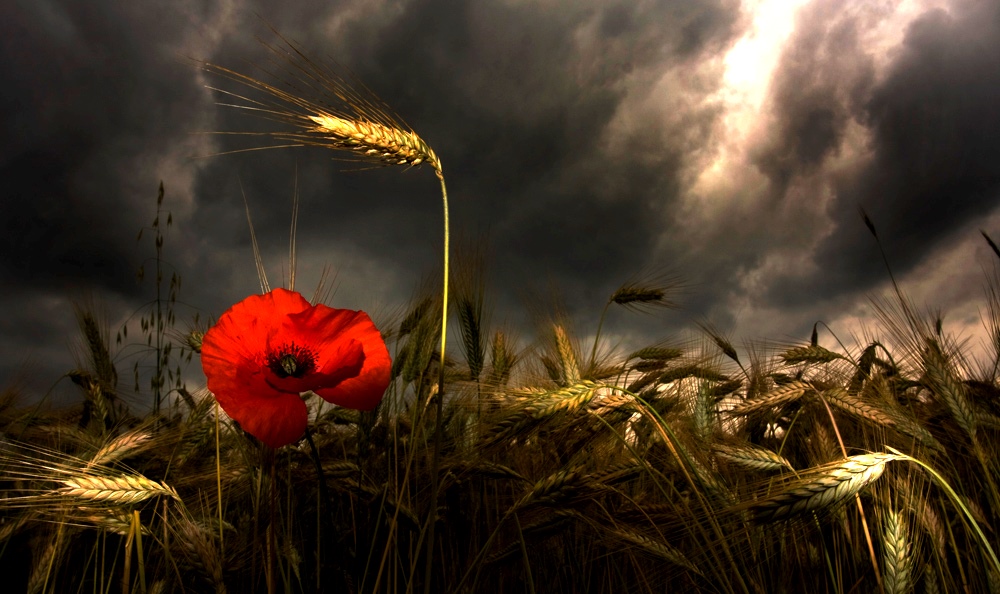
The hot summer months saw all the peasants Bussesi grappling with the main activities of the period. The harvesting and threshing. Prior to harvest each employee, including women, is muniva of two fundamental instruments: the maw (sickle)
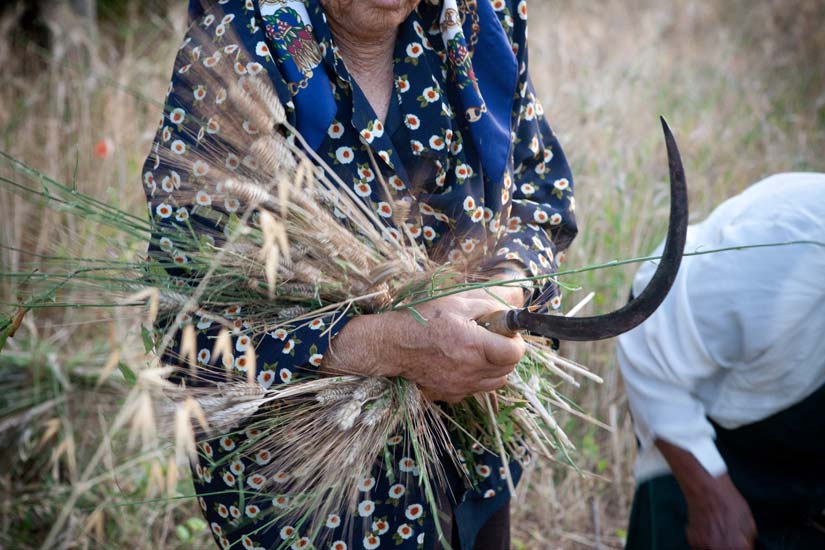
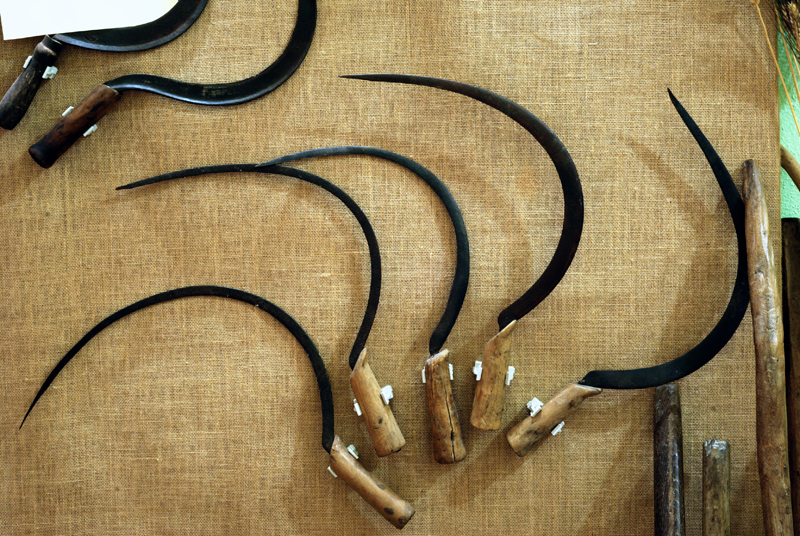
and Mo scarfelicchie (thimble made of leather or working skilfully a cane) that served to protect the fingers of the left hand (right for lefties) from possible irregular movements of the scythe. As the peasants mowed the grain bound him with the ears of the same grain, houses called. More houses gathered and tied together formed re manuocchie (sheaves)
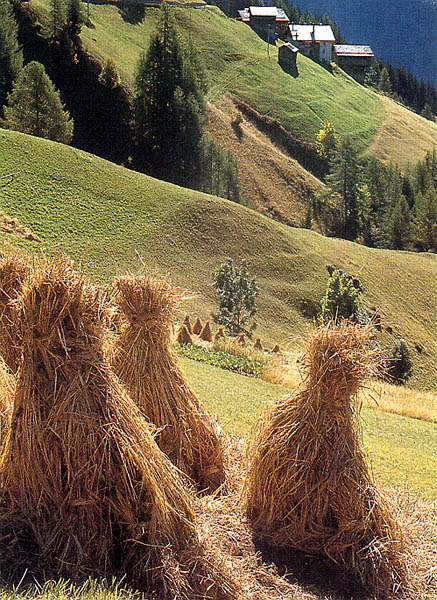
sheaves which were piled up in the waiting fields to be inserted in ciuvere (special wooden containers linked to the pack-saddle) to be transported on the air (on the threshing floors) and here again stacked so as to form un’acchia (pyramid formed with the sheaves ) pending the threshing that was made with the aid of an animal (mule or donkey). Since not all the peasants possessed a threshing floor at which to make their threshing, it was very common, around the same yard, already contains more stacks of sheaves, belonging to different farmers, pending their threshing.
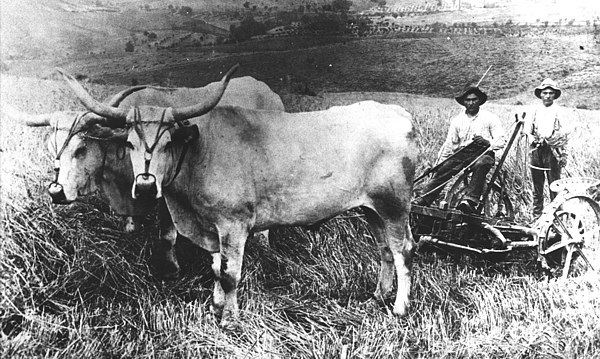
When everything was ready for threshing, fraying the sheaves and the ears they were arranged in a circle on the threshing floor. On the spikes so prepared was passed a large stone dragged by the animal with a rope held by a gentleman who was placed at the center of the threshing. This was so that the grains were removed from the ears. At this point came into play women who, provided with a fork (long pitchfork in wood), lifted to the air-ground material so that, thanks to the movement and carried to the wind, the wheat was separated from the straw. Once separated from the straw, the grain was passed in cruvielle (a kind of sieve that served to further clean up the grain from further specks). The grain thus obtained was then transported to warehouses and allocated in the arches (wooden containers suitable for the hold and to wheat storage).
The harvest
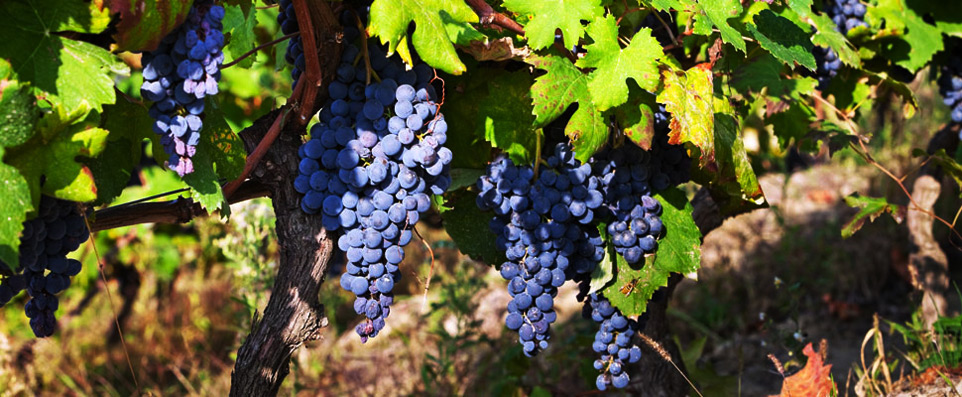
The harvest in the months of September and partly in October, saw local farmers engaged in another important activity: la vendemmia (grape harvest).
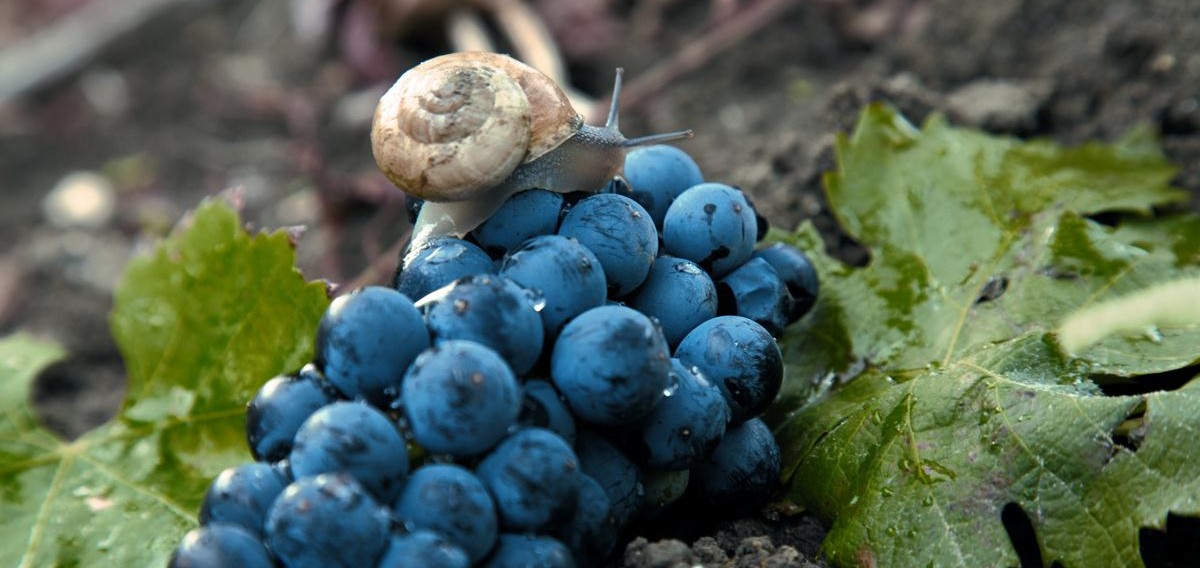
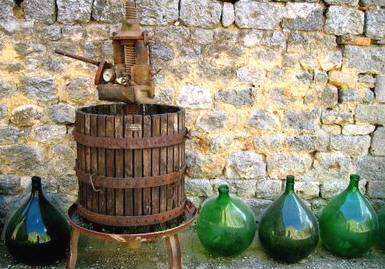 The grapes mature clusters (ciappar) were cut from the vines and crops in piunz wooden containers related to Varda (based) donkey and transported to warehouses to be accommodated inside ru palement (wooden container or, in the more modern versions, concrete) for the next procedure, the crushing, the grapes, pulped, was passed in sprescia (wine press) and left to ferment. The juice was then passed into the vats and, having rested a few days so that the impurities are depositassero on the bottom, poured into wooden barrels.
The grapes mature clusters (ciappar) were cut from the vines and crops in piunz wooden containers related to Varda (based) donkey and transported to warehouses to be accommodated inside ru palement (wooden container or, in the more modern versions, concrete) for the next procedure, the crushing, the grapes, pulped, was passed in sprescia (wine press) and left to ferment. The juice was then passed into the vats and, having rested a few days so that the impurities are depositassero on the bottom, poured into wooden barrels.
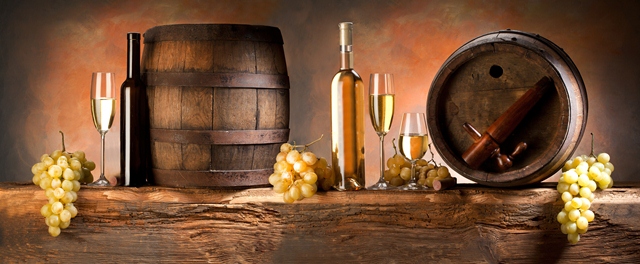
FOOD
The history, culture and traditions of Molise, a land of ancient pastoral vocation, lived always been the practice of transhumance.
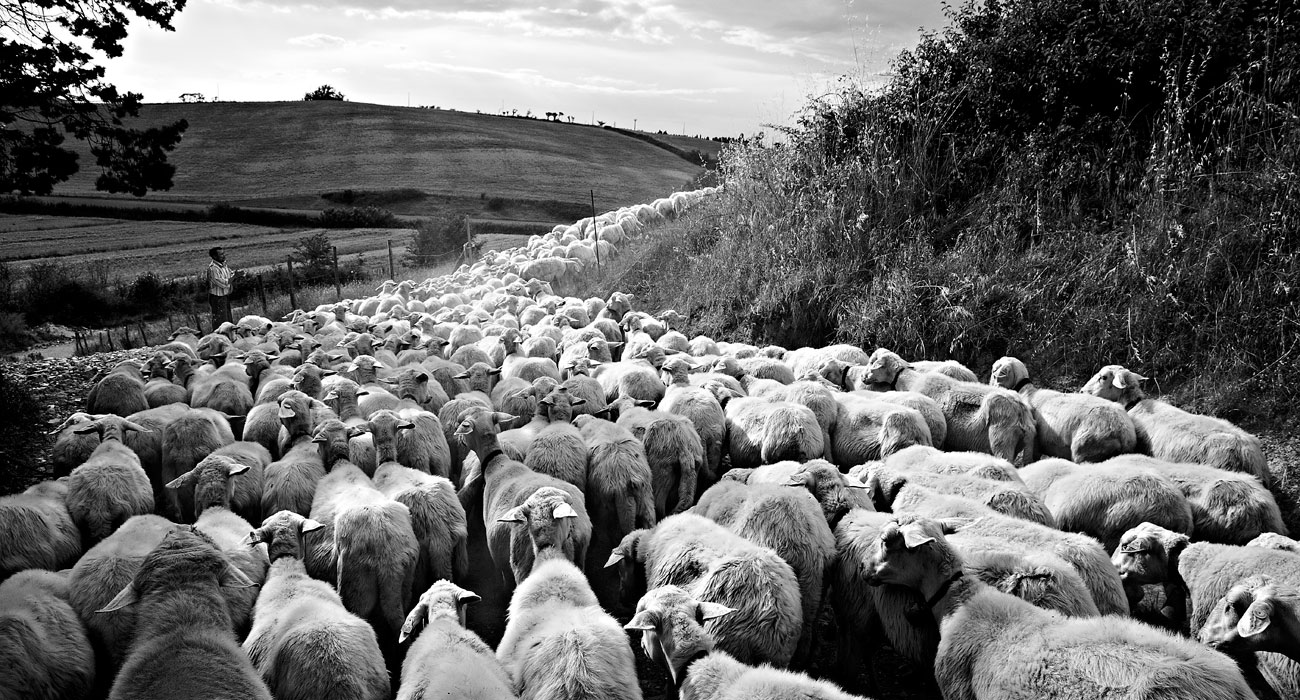
The flocks, the shepherds and their herds, in their perennial and systematic search of fresh pastures, they ended up tracing the territory of Molise countless paths that served as a link between the various local realities and engaged the territory of a wealth of evidence archaeological, architectural and cultural.

This peculiar phenomenon is also present in the gastronomic tradition that every small community has reworked in relation to their food supply thus giving rise to the various recipes, without meaning to, a touch of originality. Some of the best known and oldest Bussesi recipes.
PANTACCE, BEANS AND PORK RINDS
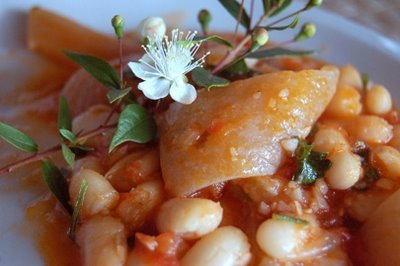
It ‘s a typical dish of the Molise cuisine. The ingredients were produced by the same families. The beans were sown mainly among rows of vineyards in order to recover, the vacant land. Pork rinds were a by-product of the pig at all bred families and that, properly worked, is the reserve of cold cuts that had to suffice for the whole year. The energy value of this dish is particularly high. It was consumed by farm families and their laborers, working in the fields for several hours a day, the smaltivano easily.
INGREDIENTS:
900 grams of wheat flour
250 grams of dried beans
500 grams of ripe tomatoes
50 grams of olive oil
50 of pork lard
salt
600 grams of pork rinds
Pepper to taste
PREPARATION
Cook the beans in the “piñata” placed in the fireplace, close to the fire; Boil the sauce with tomatoes, bacon, salt, pork rind and in ‘Meanwhile, mix the flour with warm water, oil and salt. When the beans are cooked, add them to the sauce already prepared and let it cook on a low heat for another twenty minutes. Meanwhile, “pull” the dough and cut into small diamonds getting, so pantacce to cook in boiling water. To completed cooking, combine pantacce with the sauce, mix well and serve so are flavored.
PIZZA AND SOUP
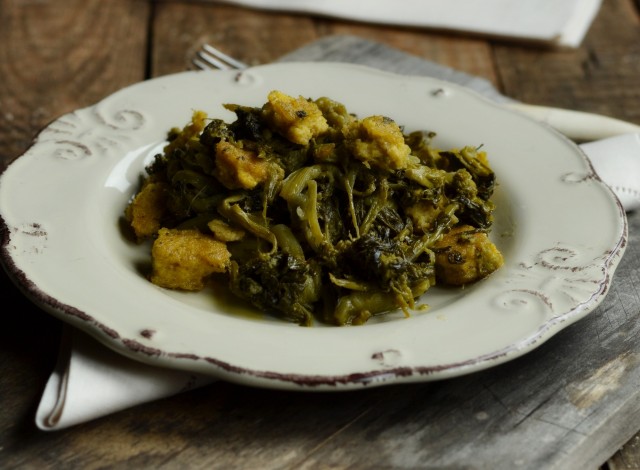
pizza and soup is another typical dish of the Molise country tradition. The ingredients were readily available and were within the resources of families because the maize (corn) was one of the classic peasant crops and vegetables were easily available because they were born spontaneously in the fields and fallow land. quick and simple dish, in the best country tradition.
INGREDIENTS
country mixed vegetables
fresh ripened tomato
fennel seeds
Oil
Garlic
water
corn flour
PREPARATION
Wash the vegetables and cook them in salted water. In a terra cotta pot, prepare the sauce with olive oil, garlic and fresh tomatoes, bring to a boil and add the boiled vegetables continue cooking, adding salt and fennel seeds. Mix the corn flour, season with salt and oil. Flatten the dough thus obtained up to reduce it to a circular shape approximately 5 cm high. and place it at the center of the fireplace, previously heated to high temperature and place it on chestnut leaves specially crafted. Cover with the cup on which to affix the ashes of the fireplace and the embers. Allow to simmer until, at the top of the pizza, it forms a golden crust and crunchy then clean the outside sump, lift and pull out pizza. Place the hot soup into a bowl, add the corn pizza into pieces and, using a fork to proceed breading ingredients making mix well.
GOAT AT BUSSESE
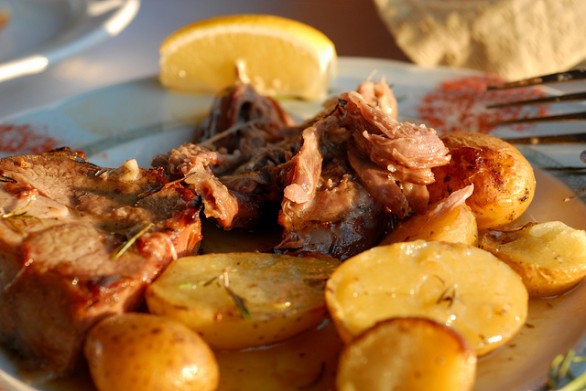
In many families, and not only in the Easter lunch, it was inevitable the typical roast goat, made up exactly this recipe.
INGREDIENTS
1.5 kg of goat
1 kg of potatoes
Oil
Parsley
Garlic
Rosemary
Origan
salt
PREPARATION
Peel the potatoes and cut them into small pieces, wash and season with the spices. Cut the kid into small pieces, add it to the aromas and let it cook for about an hour. Combine the goat and potatoes in a single pan, stir to flavor and place the pan in the center of the fireplace and the embers. Allow to cook for about 45 minutes. Clean the outside of the cup, lift it to check cooking. If ready serve it in a hot pot.
MUSHROOMS AND TRUFFLE
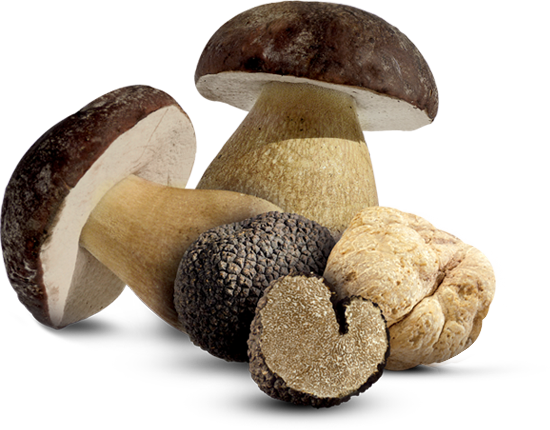
The territory, rich in pristine forests, for its particular morphology, favorable climatic conditions and vegetation wealth appears to be the ideal habitat for the development and abundant and spontaneous growth of mushrooms and truffles. The mushrooms and the precious tuber, collected by local experienced professionals with the help of specially trained dogs, as well as enrich the aroma and taste of the houses of Bussesi, are intended essentially to two laboratories in the country where they are subjected to a thorough selection by the personnel, experienced and prepared. In these modern laboratories, the base product, with the addition of the best local raw materials such as olive oil, cheese, honey, cheese, etc., Undergoes the process of transformation into refined products of high quality which, after the trial sterilization that ensures a high hygienic safety – health, is intended to be marketed.
FESTIVALS, FAIRS, TRADITIONS AND GAMES
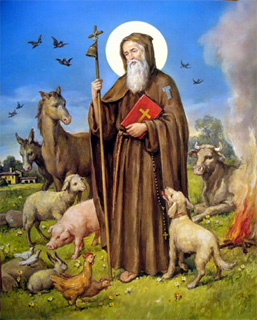 As in all other centers of Molise, Busso also the rhythm of time and was marked also marked by the various parties, both Catholic rite that “profane”, which are repeated throughout the year. Of these parties and these rites we propose a timetable, as comprehensive as possible.
As in all other centers of Molise, Busso also the rhythm of time and was marked also marked by the various parties, both Catholic rite that “profane”, which are repeated throughout the year. Of these parties and these rites we propose a timetable, as comprehensive as possible.
JANUARY
On January 17, the Feast of St. Anthony, the patron saint of animals, in the St. Lawrence Martyr Church, we celebrate a religious service at the end of which, in the area overlooking, is on a bonfire burn doing the complaining provided spontaneously by the inhabitants .FEBRUARY
On 2 February each year is held in the square in Busso traditional fair of the Candlemas.
JUNE
The first Saturday in June, for some years, was taken from the ancient tradition of Busso to reach, walk, Roccamandolfi situated about 35 km away, to visit the relics of San Liberato Martyr.
Part of it good now, at 5am to get to Spinete, where you consume a hearty breakfast and continue through the forest of Centomani, where we arrive around midday. The shade of trees, takes a break to an extensive lunch. At the end it continues on its way and, passing Cantalupo, you reach Roccamandolfi around at 15.00. at 18:00 we see the religious ceremony in honor of San Liberato at the end of which, after a tour to visit the stalls displayed by the way of the country, it’s back to Busso by bus specially crafted or by private means.
JUNE
The day June 26 is celebrated the feast of Sts. Martyrs John and Paul. The festivities include a parade of a gang through the city streets, a mass, with its procession in honor of the martyrs celebrated in the church of San Lorenzo and in the evening a musical show followed by the lighting of fireworks.
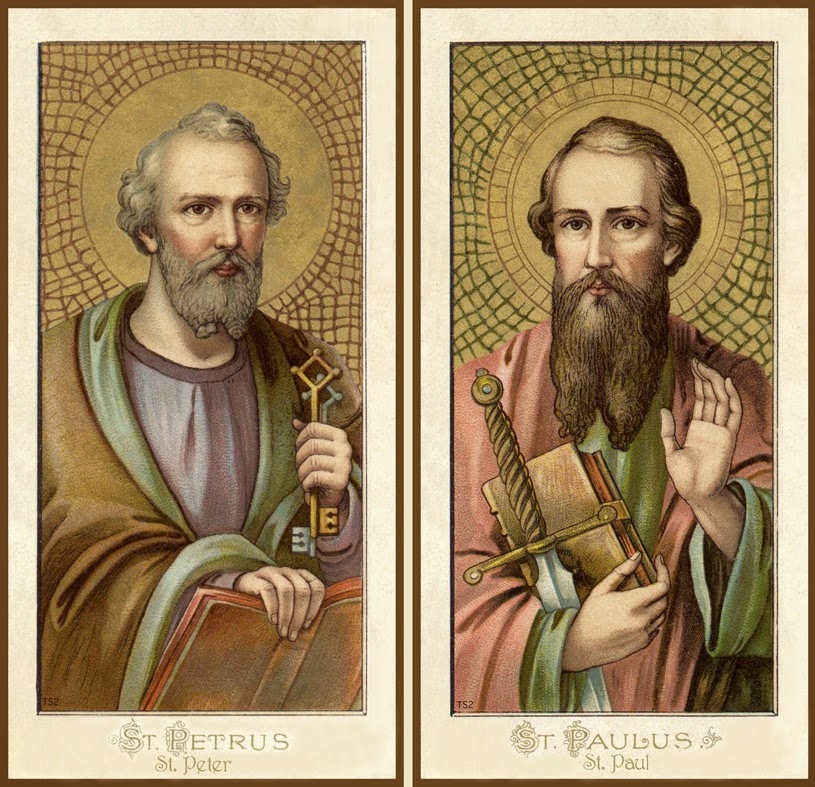
JULY
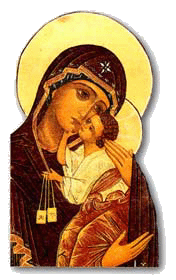 Il day July 16 is the feast of the Madonna del Carmine. The festivities begin on 1 July, when the statue of the ‘Madonna del Carmine is exposed in the church dedicated to her, continuing on the evening of day 15 with a musical show in the square N. Sant’Angelo and finish on the 16th day with the’ presentation of a complex band and the celebration of the Holy Mass, after which the statue of the madonna is carried in procession through the streets of the town. In the evening, musical entertainment and light of the firework.
Il day July 16 is the feast of the Madonna del Carmine. The festivities begin on 1 July, when the statue of the ‘Madonna del Carmine is exposed in the church dedicated to her, continuing on the evening of day 15 with a musical show in the square N. Sant’Angelo and finish on the 16th day with the’ presentation of a complex band and the celebration of the Holy Mass, after which the statue of the madonna is carried in procession through the streets of the town. In the evening, musical entertainment and light of the firework.
AUGUST
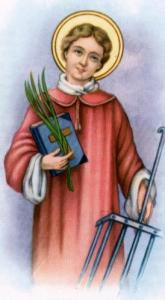 Il August 10 is celebrated the feast of St. Lawrence Martyr, patron of the country. The festivities begin in the days immediately preceding the event with the presentation of food stalls in the square N. Sant Angel. The afternoon of the 10th is celebrated a solemn Mass in St. Lawrence Martyr Church after which the statue of the saint is carried in procession through the streets of the town. Days 9 and 10 are animated by a complex band, musical performances and food stalls in the evening of day 10, by a fireworks show with which end the festivities in honor of the saint.
Il August 10 is celebrated the feast of St. Lawrence Martyr, patron of the country. The festivities begin in the days immediately preceding the event with the presentation of food stalls in the square N. Sant Angel. The afternoon of the 10th is celebrated a solemn Mass in St. Lawrence Martyr Church after which the statue of the saint is carried in procession through the streets of the town. Days 9 and 10 are animated by a complex band, musical performances and food stalls in the evening of day 10, by a fireworks show with which end the festivities in honor of the saint.
SEPTEMBER
The second Sunday of September is celebrated the feast of Santa Maria in the homonymous church located about 2 km from the town. In the days immediately preceding the event, the statue of the saint is carried in the St. Lawrence Martyr Church where it remains until the day of the party when, in the afternoon and in the procession, it is returned to its natural home. On the evening following the festivities with musical entertainment, food and fireworks stand.
GAMES
MAZZ’E PIUZ
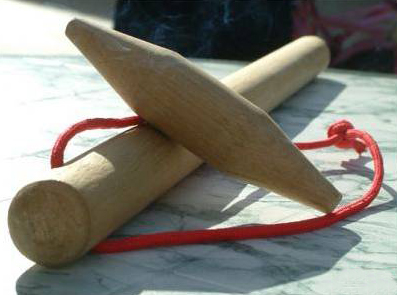 No having available any modern technological means, the guys they used to spend their time off from school commitments attending the streets or the village square where, in more or less numerous groups, gave rise to many games using toys and tools created by themselves. One of the most famous games and more in vogue was Mazz’e piuz. The instruments used for the game were very simple tools. It was a piuz (peg) of about 15 cm length, pointed at the ends and a bat. Stick length of about 60 cm. and a few centimeters in diameter. The game was put on the ground ru piuz, flick in its tip with the bat so that it pops up from the ground and, while he was in the air, hit it hard with the same club in order to keep it as far away as possible. It then proceeded to measuring that was to count how many bats away from the starting point was over ru piuz. Each player had two attempts; if it failed, it was eliminated and the game went to another component of the opponents. The game had an end when one of the two, or more, teams reached the number of previously fixed mallets.
No having available any modern technological means, the guys they used to spend their time off from school commitments attending the streets or the village square where, in more or less numerous groups, gave rise to many games using toys and tools created by themselves. One of the most famous games and more in vogue was Mazz’e piuz. The instruments used for the game were very simple tools. It was a piuz (peg) of about 15 cm length, pointed at the ends and a bat. Stick length of about 60 cm. and a few centimeters in diameter. The game was put on the ground ru piuz, flick in its tip with the bat so that it pops up from the ground and, while he was in the air, hit it hard with the same club in order to keep it as far away as possible. It then proceeded to measuring that was to count how many bats away from the starting point was over ru piuz. Each player had two attempts; if it failed, it was eliminated and the game went to another component of the opponents. The game had an end when one of the two, or more, teams reached the number of previously fixed mallets.
CRAFTS
THE CARBONAIO
The coal needed to charcoal production, used as fuel for heating, to fuel the furnaces, braziers and industry. The realization of the charcoal was to have made a clearing in the woods, near the wood cutting area, called “yard”, a wood pile, specially cut and arranged vertically to form a large cone with a central blank portion which subsequently needed to feed the coal by inserting the upper mouth of small pieces of wood. 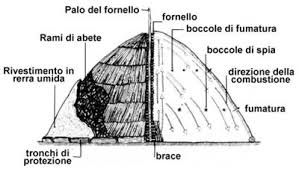 Wood charcoal compass so prepared was covered with leaves and soil and the air hold adjustment for the combustion of wood inside was done by means of holes formed along the circumference of the cone. The coal had to be carefully and continuously fed, both day and night and the whole cycle of the process lasted about two weeks. Pretend combustion, the fire inside was turned off by introducing from above the earth. Off the coal is beginning to remove the cone from the outside ground and, using special rakes, he proceeded to separate, by dragging, earth coals. Once cooled the coal was inserted into large buckets that jute and prepared for transport which, in older age, was done by mule. These animals were essential not only for the transport of coal, but were also used for transporting timber and household goods.
Wood charcoal compass so prepared was covered with leaves and soil and the air hold adjustment for the combustion of wood inside was done by means of holes formed along the circumference of the cone. The coal had to be carefully and continuously fed, both day and night and the whole cycle of the process lasted about two weeks. Pretend combustion, the fire inside was turned off by introducing from above the earth. Off the coal is beginning to remove the cone from the outside ground and, using special rakes, he proceeded to separate, by dragging, earth coals. Once cooled the coal was inserted into large buckets that jute and prepared for transport which, in older age, was done by mule. These animals were essential not only for the transport of coal, but were also used for transporting timber and household goods.
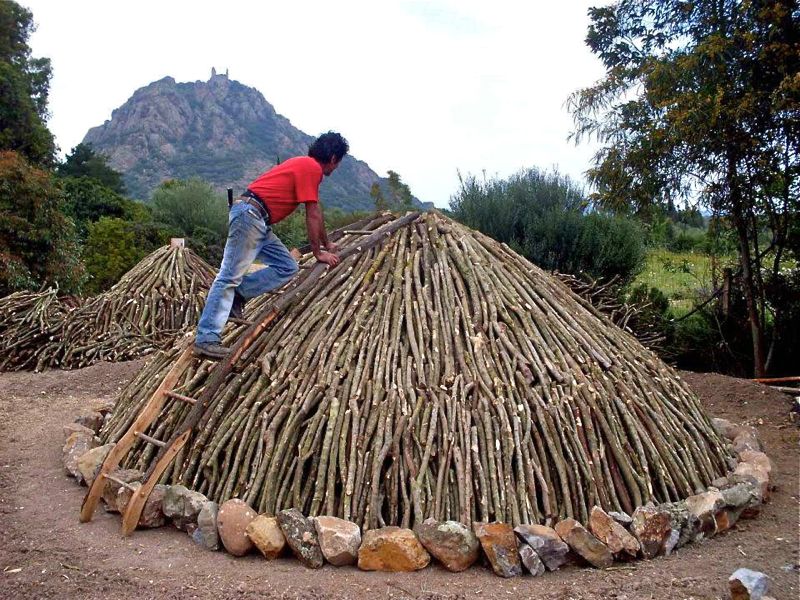
carbonaia craft of the charcoal is still done by entire families, from early spring until late autumn, move into areas rich in forests where they make of timber construction, earth and mud in which persist throughout the period. Even today, coal derived from the processing of the wood is used for home heating and, above all, as a fuel for barbecue. Even in our country, some years ago, it is a family of coal miners whose founder is Fernando.
PROVERBS POPULAR
The proverb is one of the most important and direct expressions of popular culture. Represented in any way, to be a saying, as a maximum, by a manner of speaking, by a parable, it is an excellent example of a linguistic testimony that has been handed down from generation to generation passes and that preserves intact in time all its expressive force and its linguistic significance.
Chi n’è buon pe ru Re, n’è buon manch pe la Regina
(Who is not good for the king, is not good either for the Queen, that is, those who are not able to go to war is not even able to make love.)
Chiacchiera vò la zita, e può z’addorme
(The bride wants to be petted, and then falls asleep.)
Ne sputà p’llaria, ca t’arrvè ‘mbacce
(Do not spit in the air, because it falls in your face)
Mittete che chi è megl d te e arrfunnec le spese
(Related with those who are better than you, even at the cost of losing.)
Chi truopp la tira, la stocca
(Who pulls too, he breaks it. Who does not want to have anything too)
Ru curnut è semp ru lutm a sapè
(The cuckold is always the last to know)
Chi nasc tunn, ne more quadr
(who is born round can not die square)
How to get to Busso
Busso is reachable, by car:
CAMPOBASSO: take the SS87 until the junction for Busso, then take the SP 42 Cipranense.
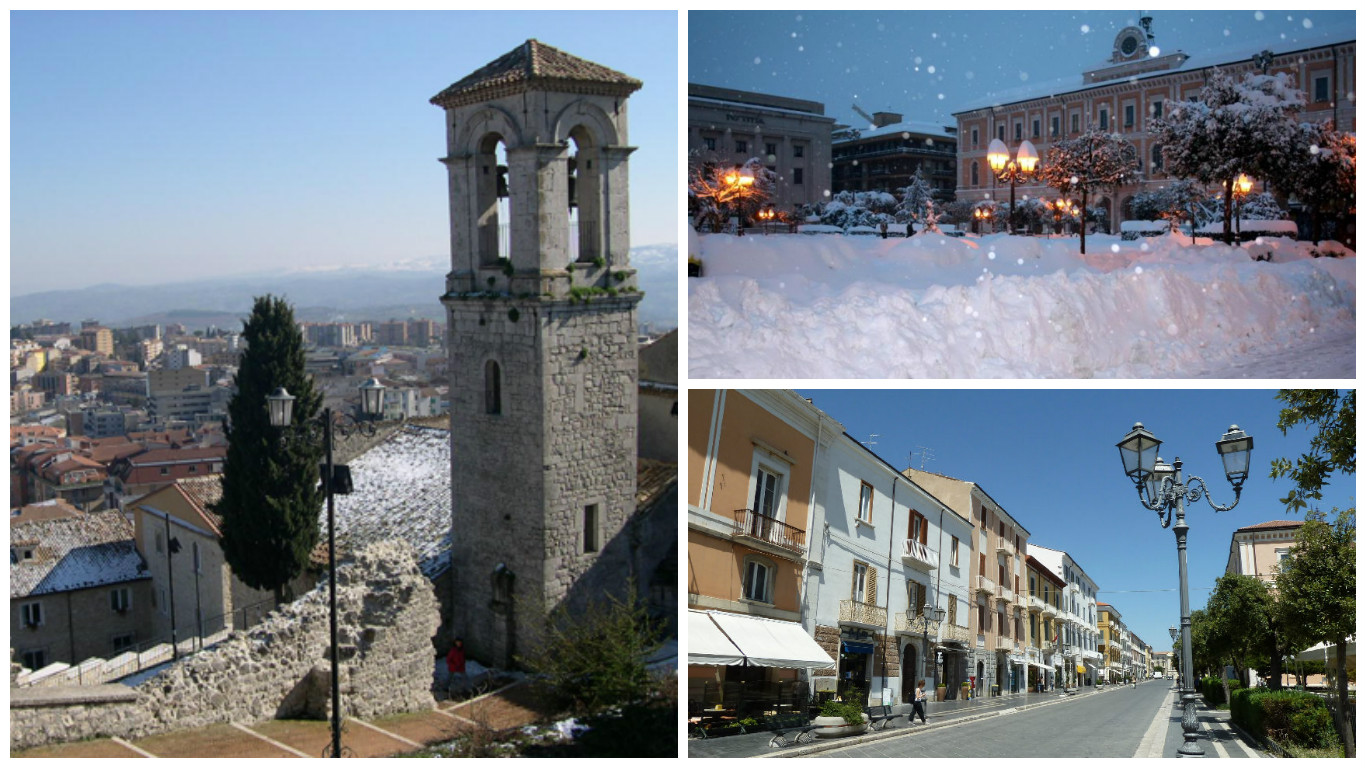
TERMOLI: Follow the SS16 until the junction of the Termoli industrial area, then take the SS647 until the junction for Busso then take the SP 42 Cipranense.
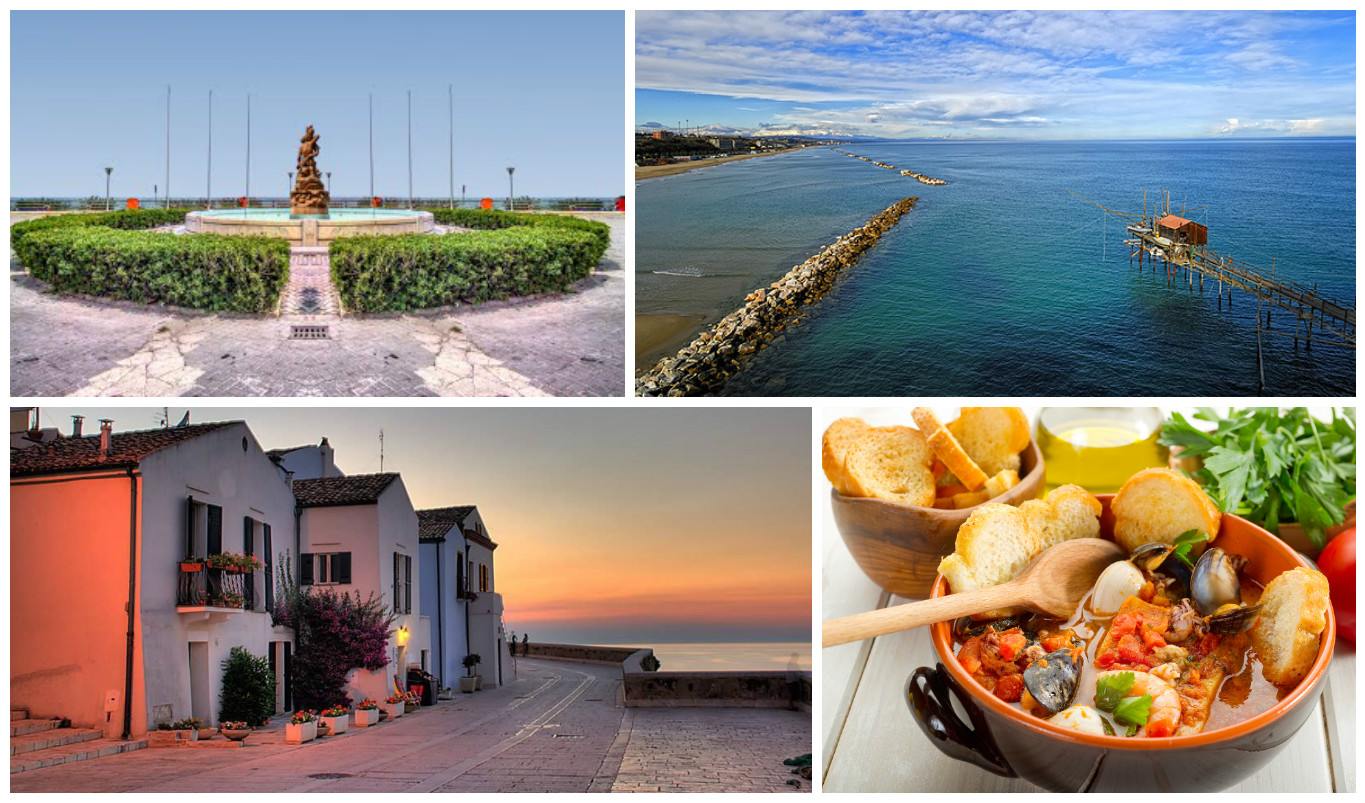
ISERNIA: Follow the SS17 until the junction for the SS647. Take direction to Termoli until the junction for Busso then follow the SP 42 Cipranense.
